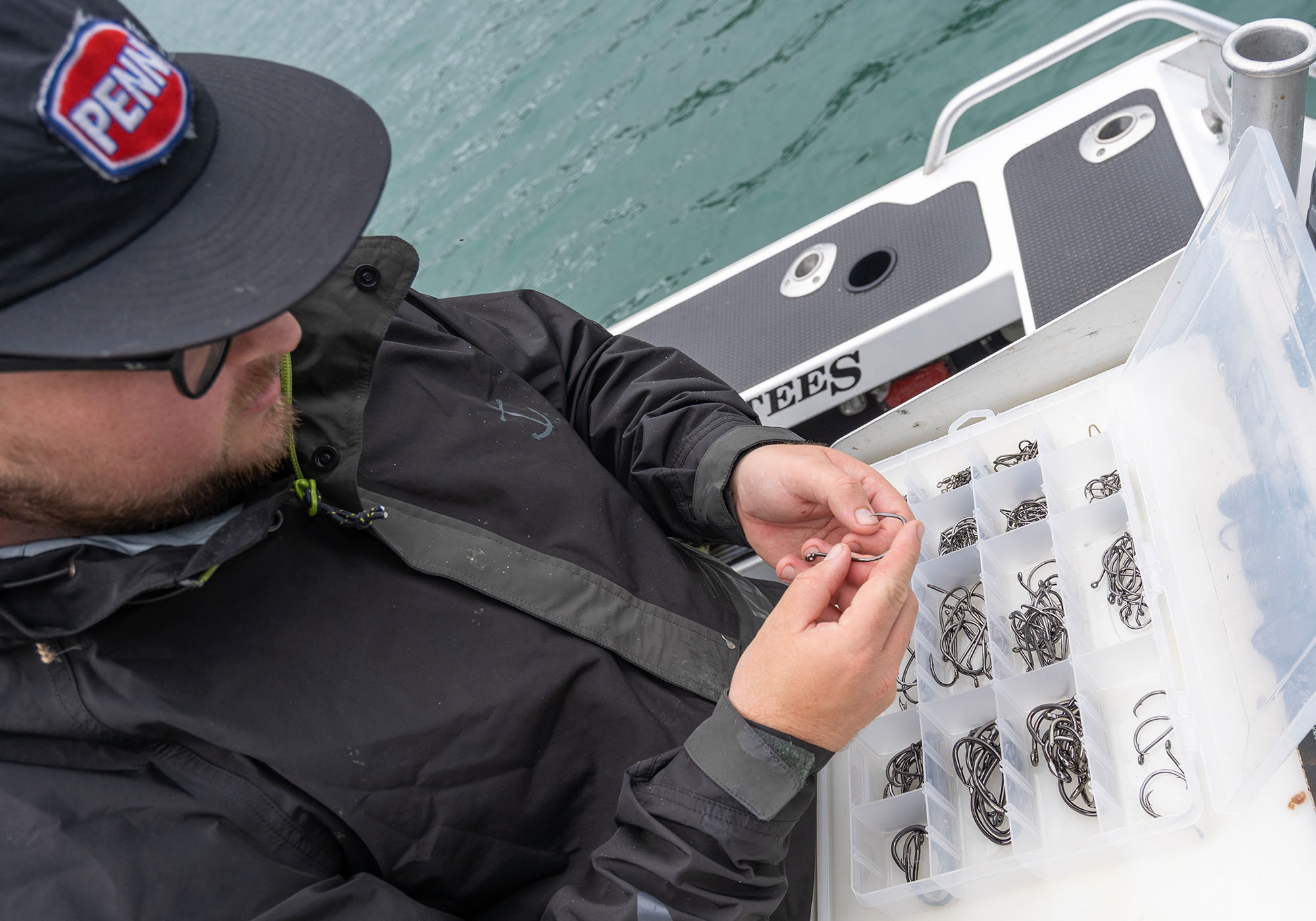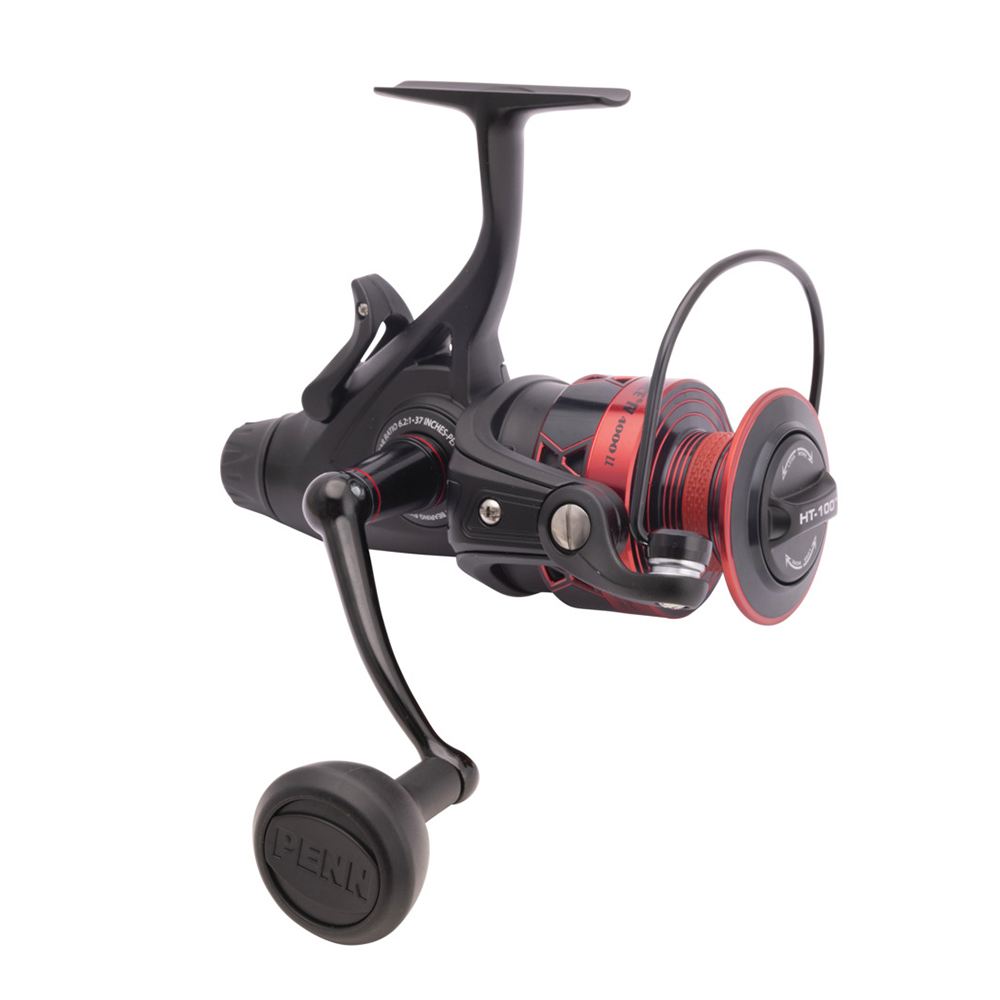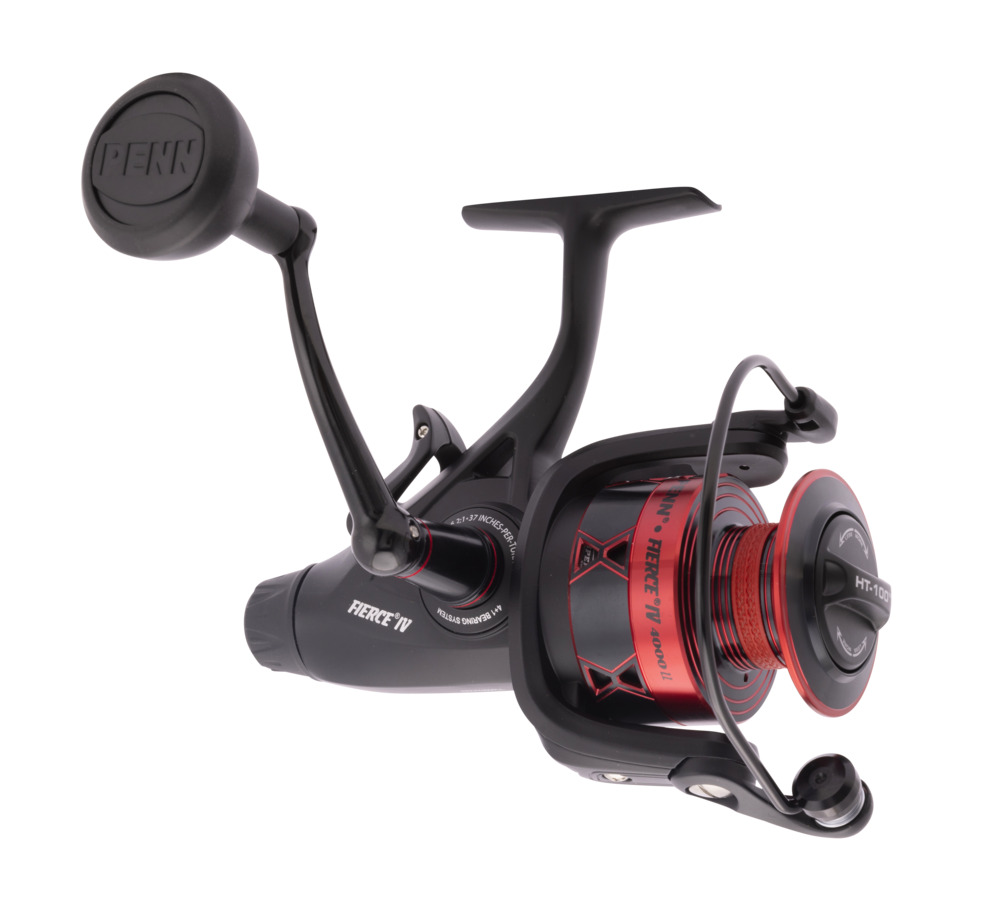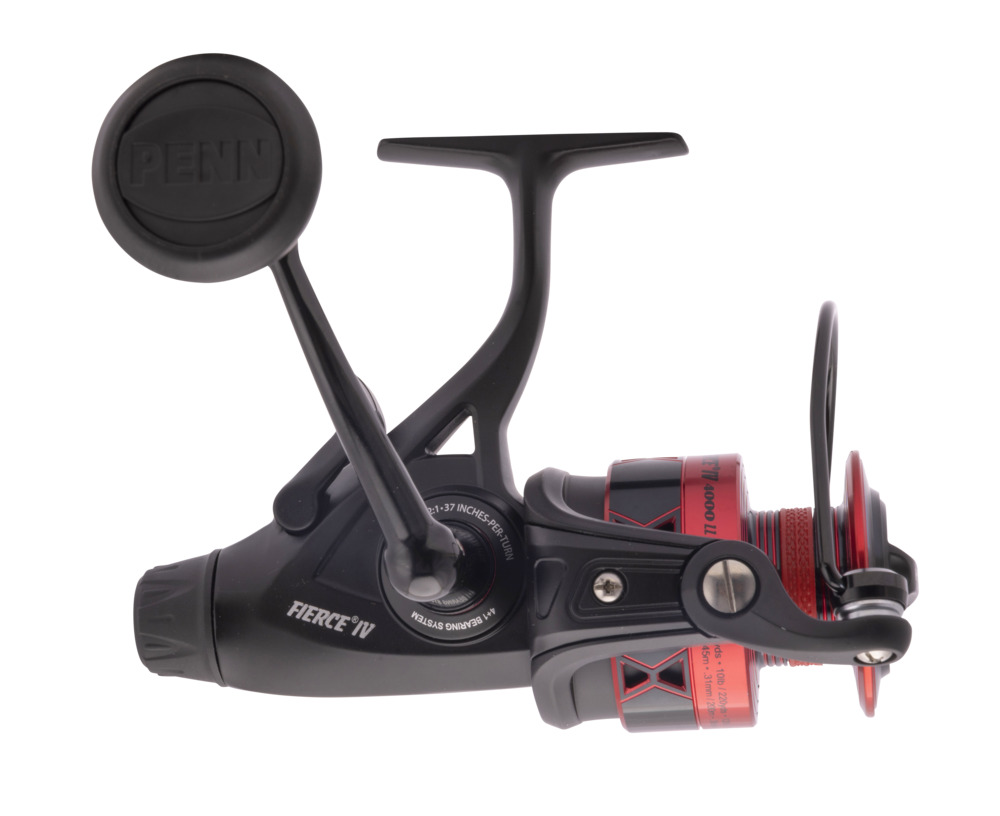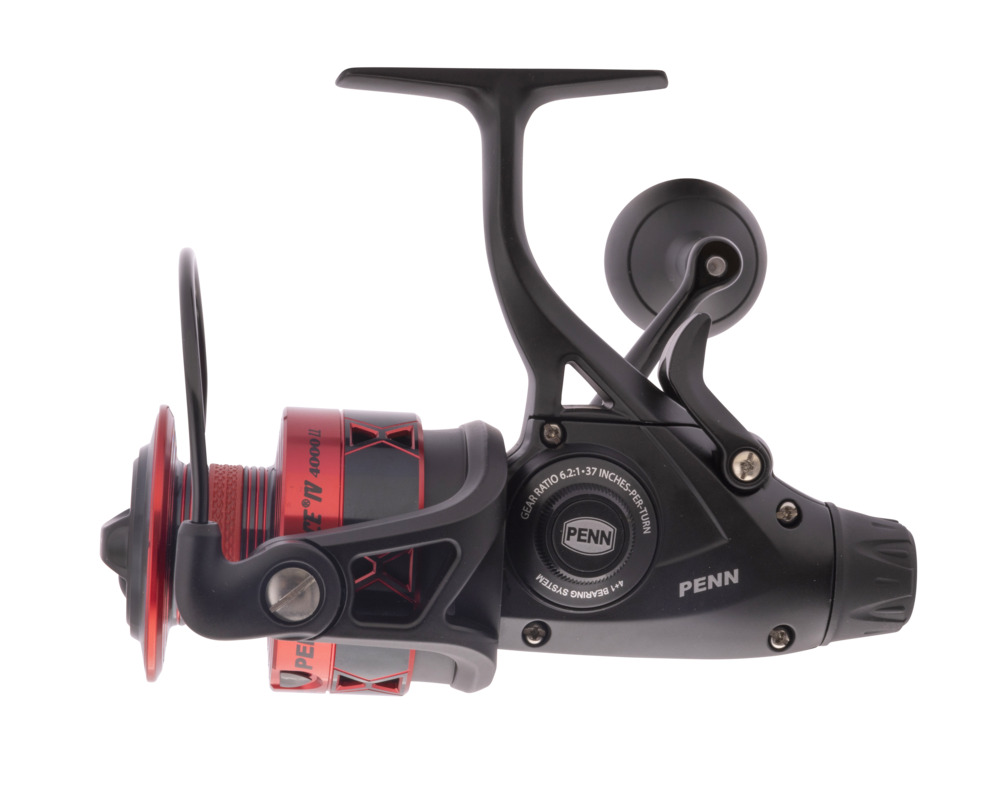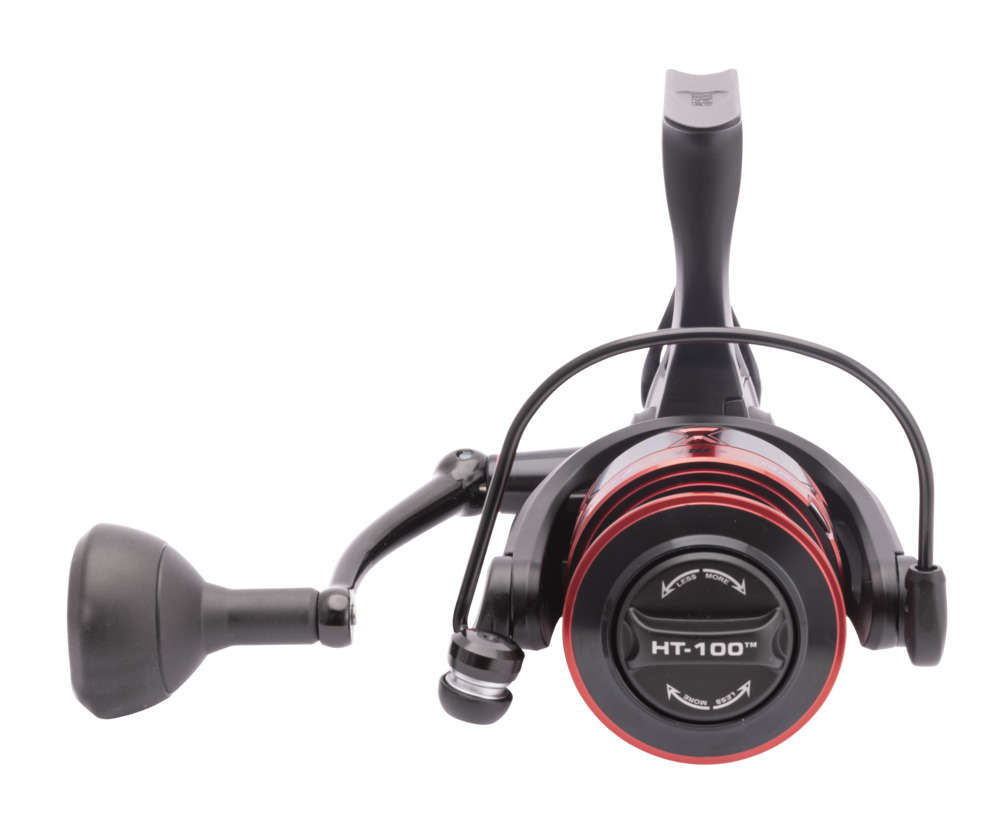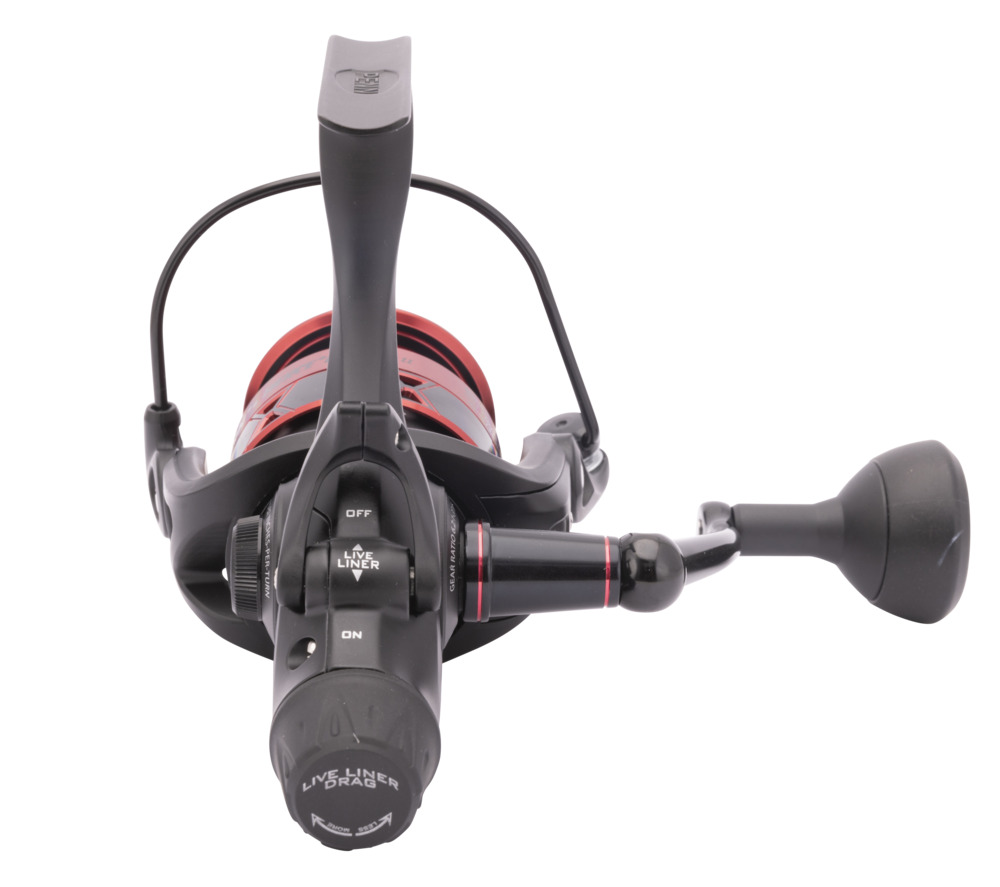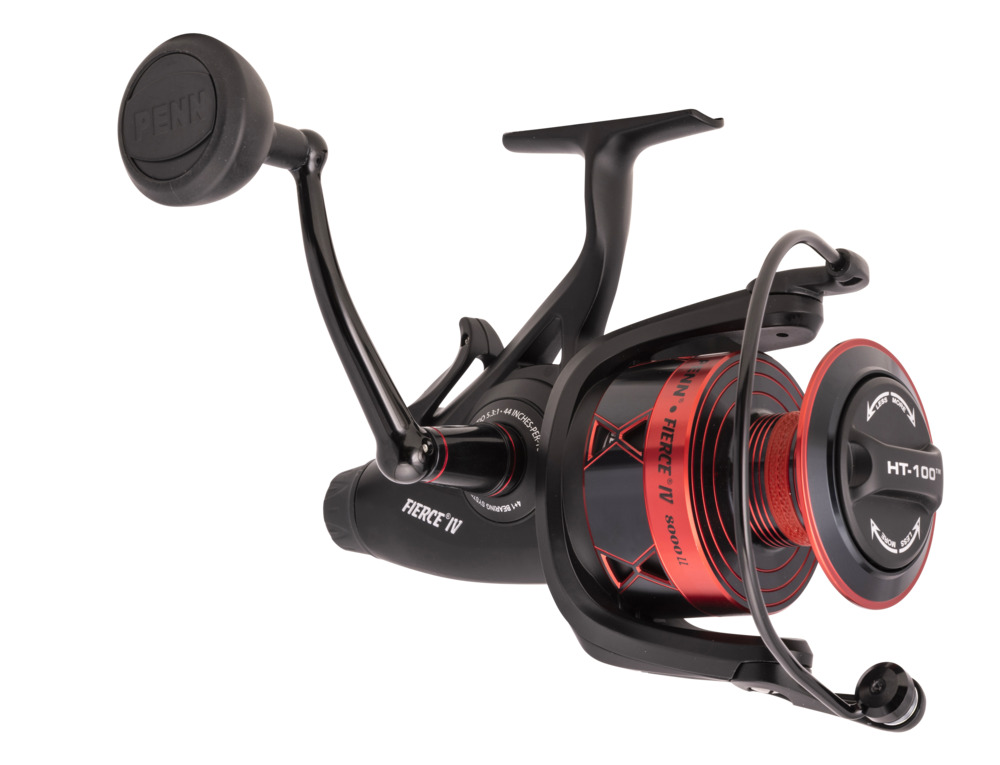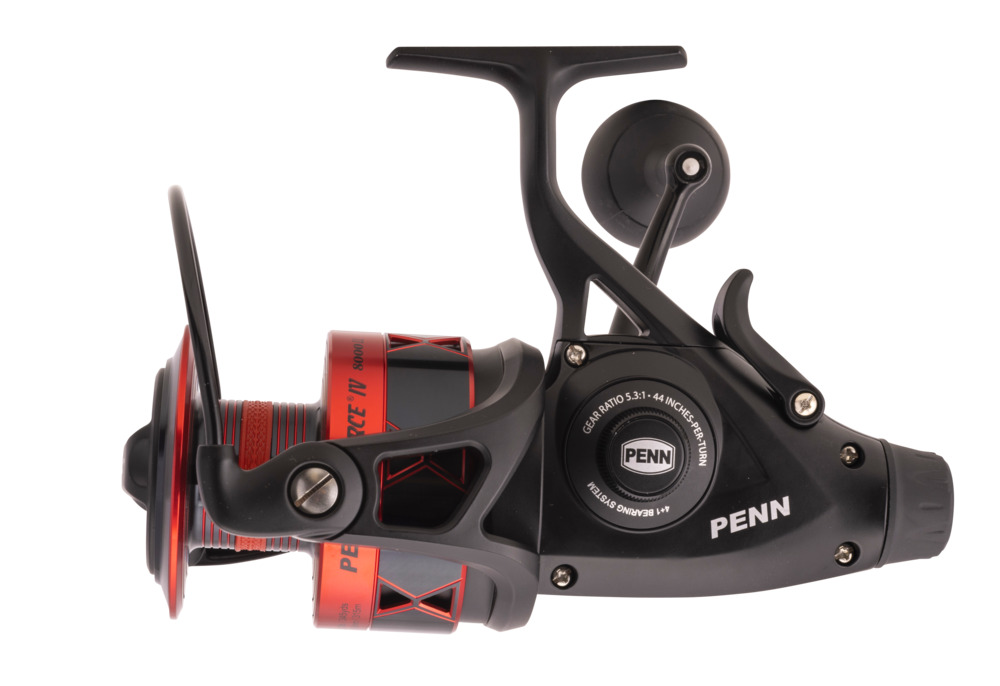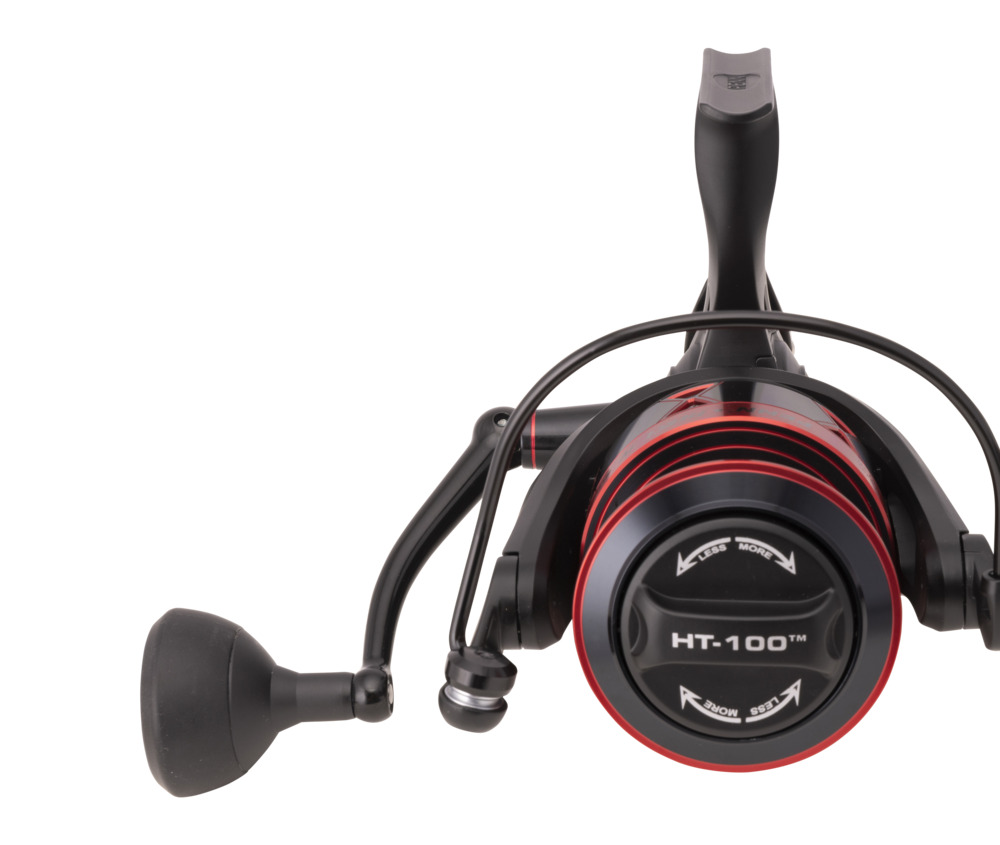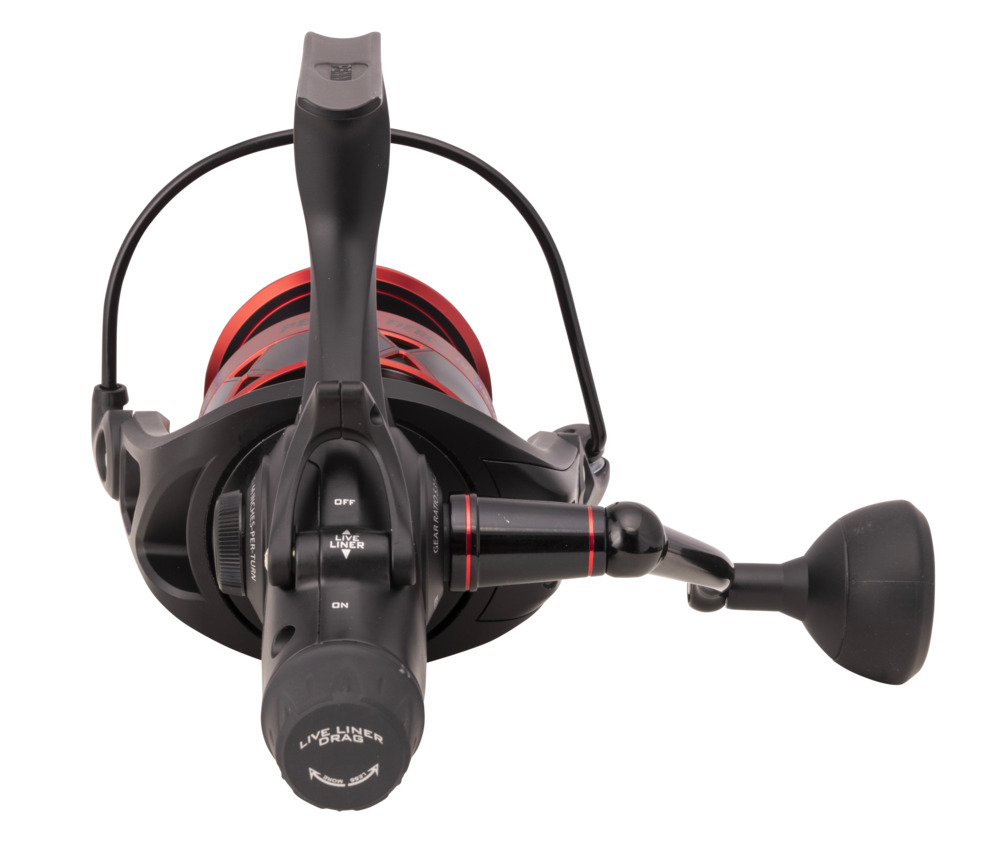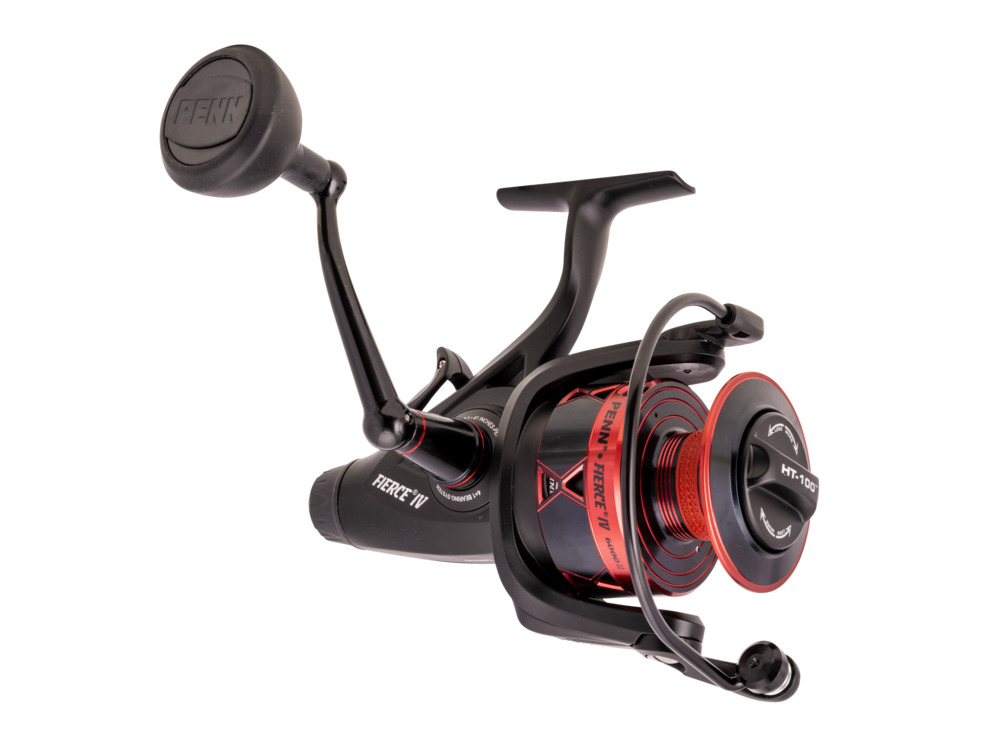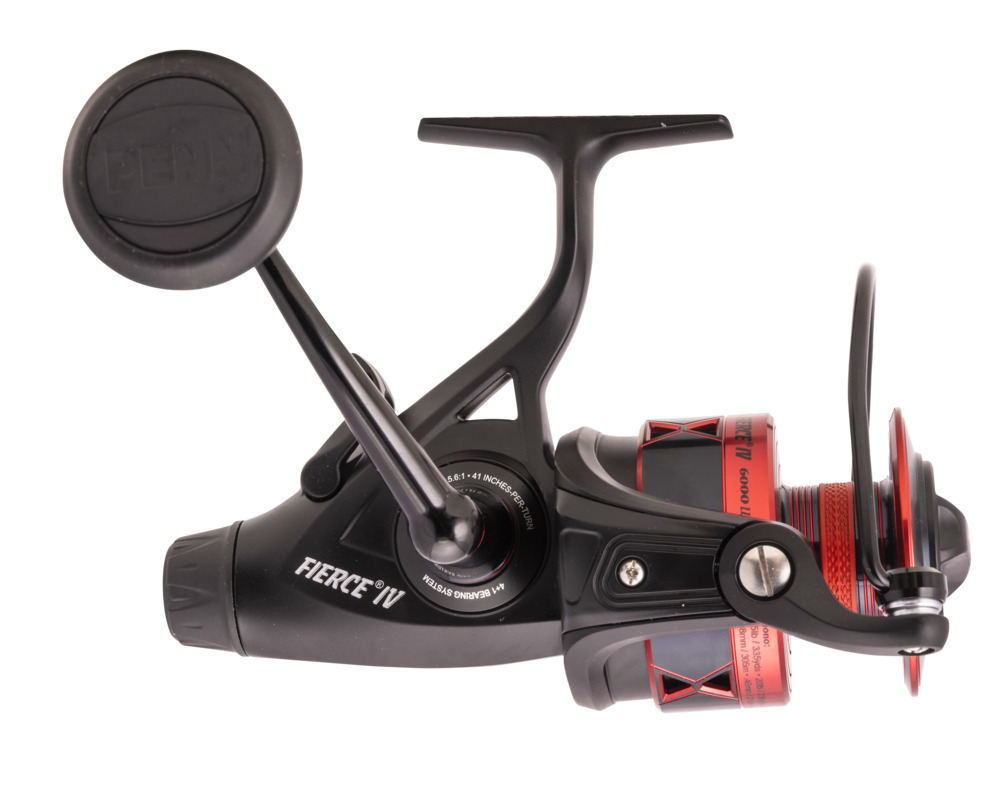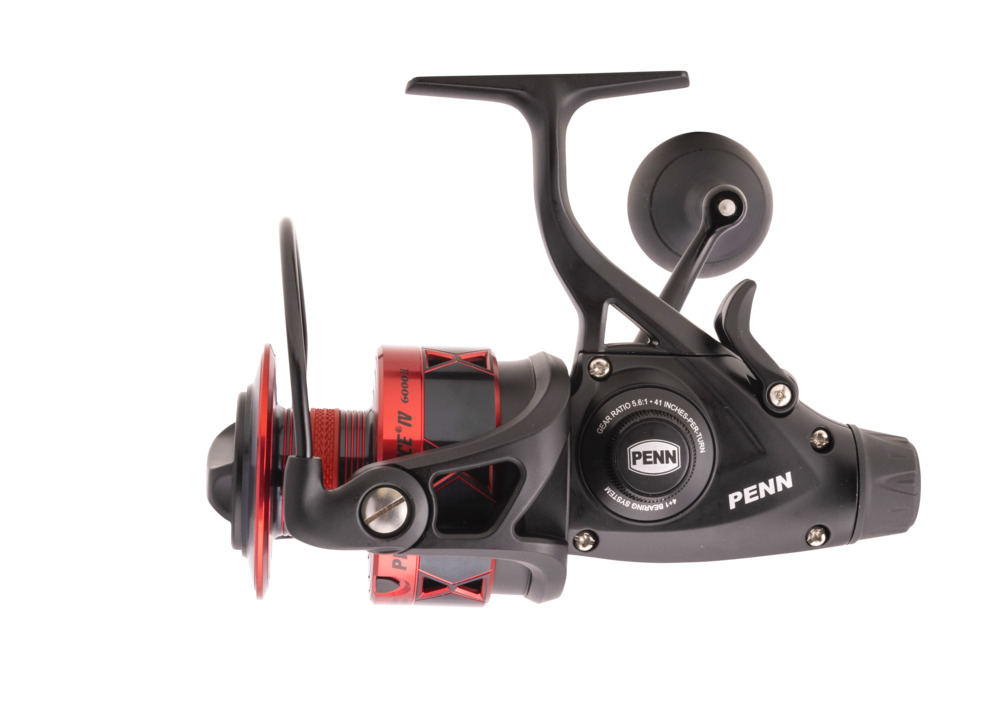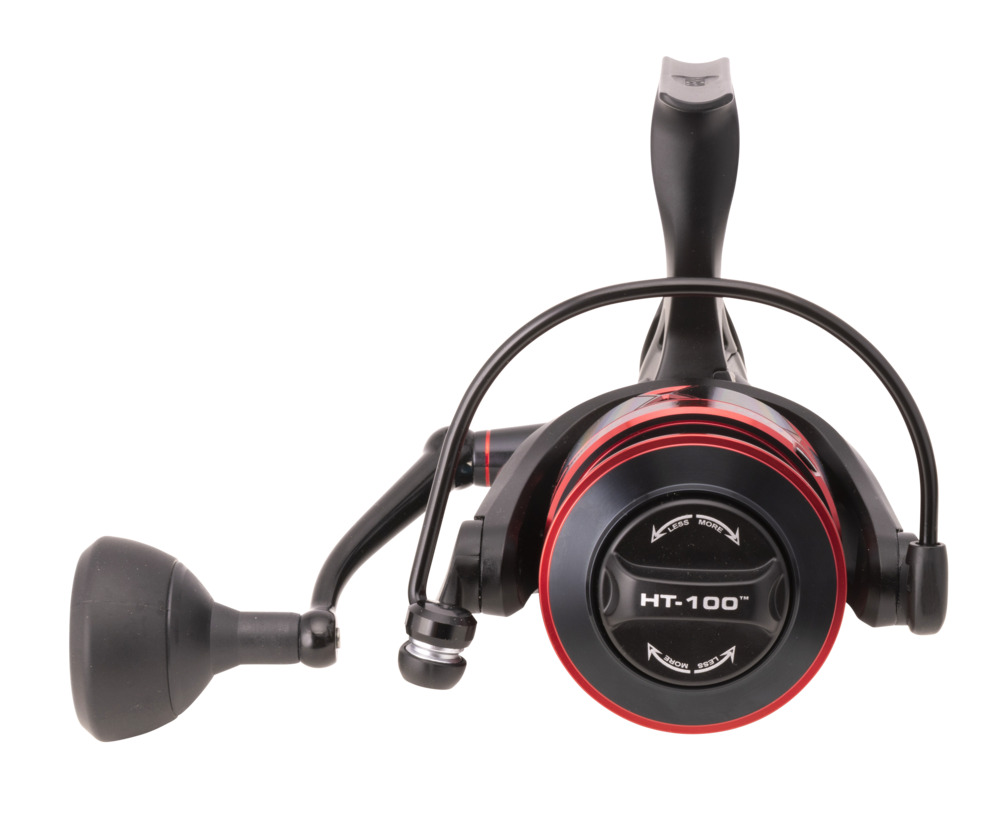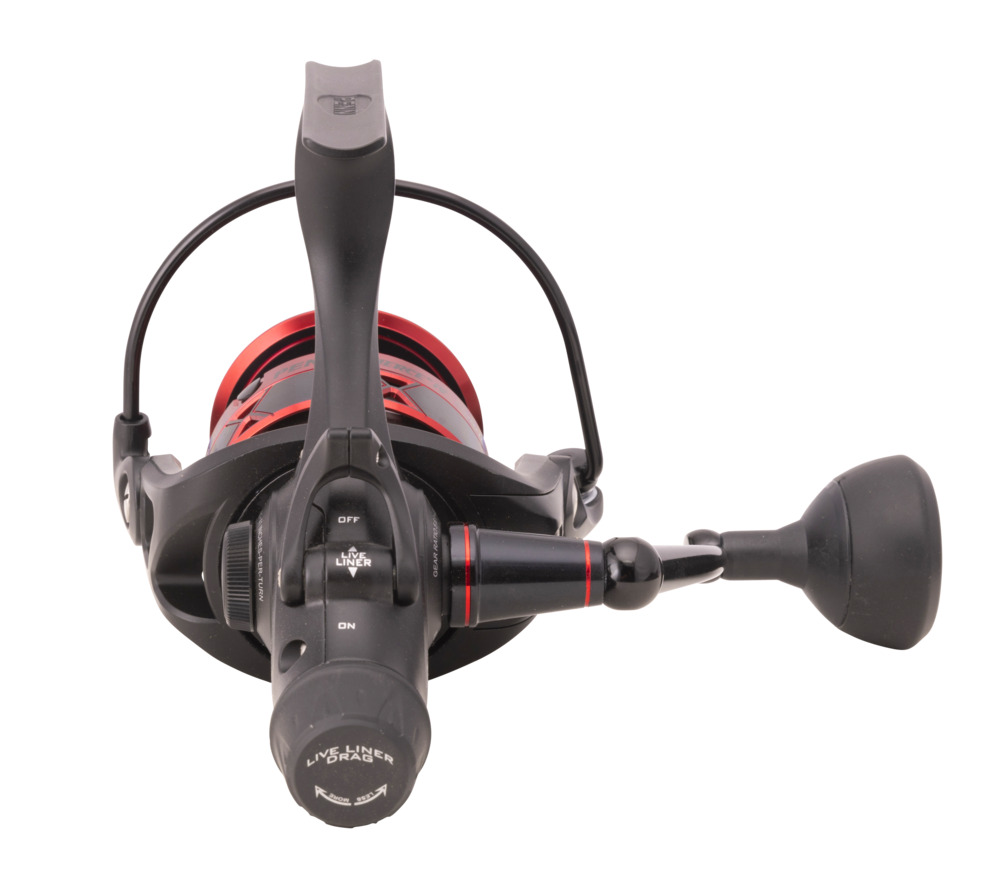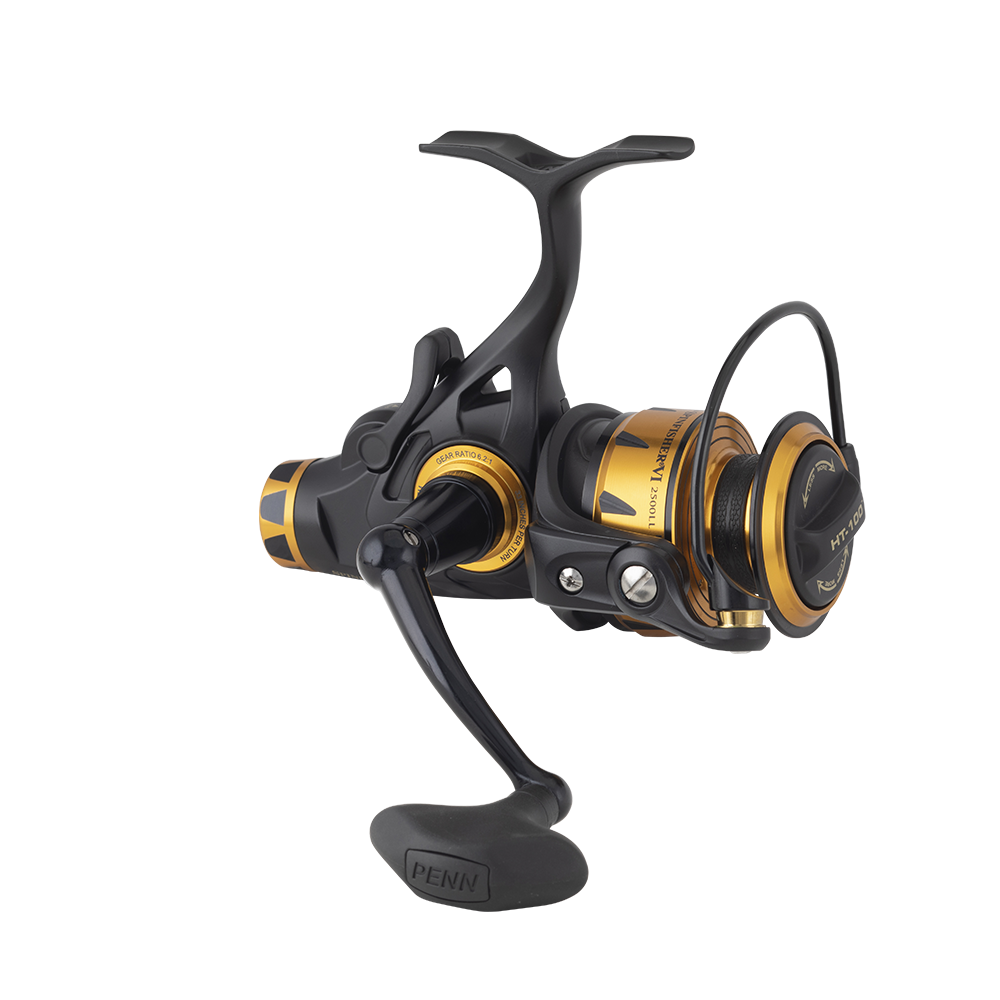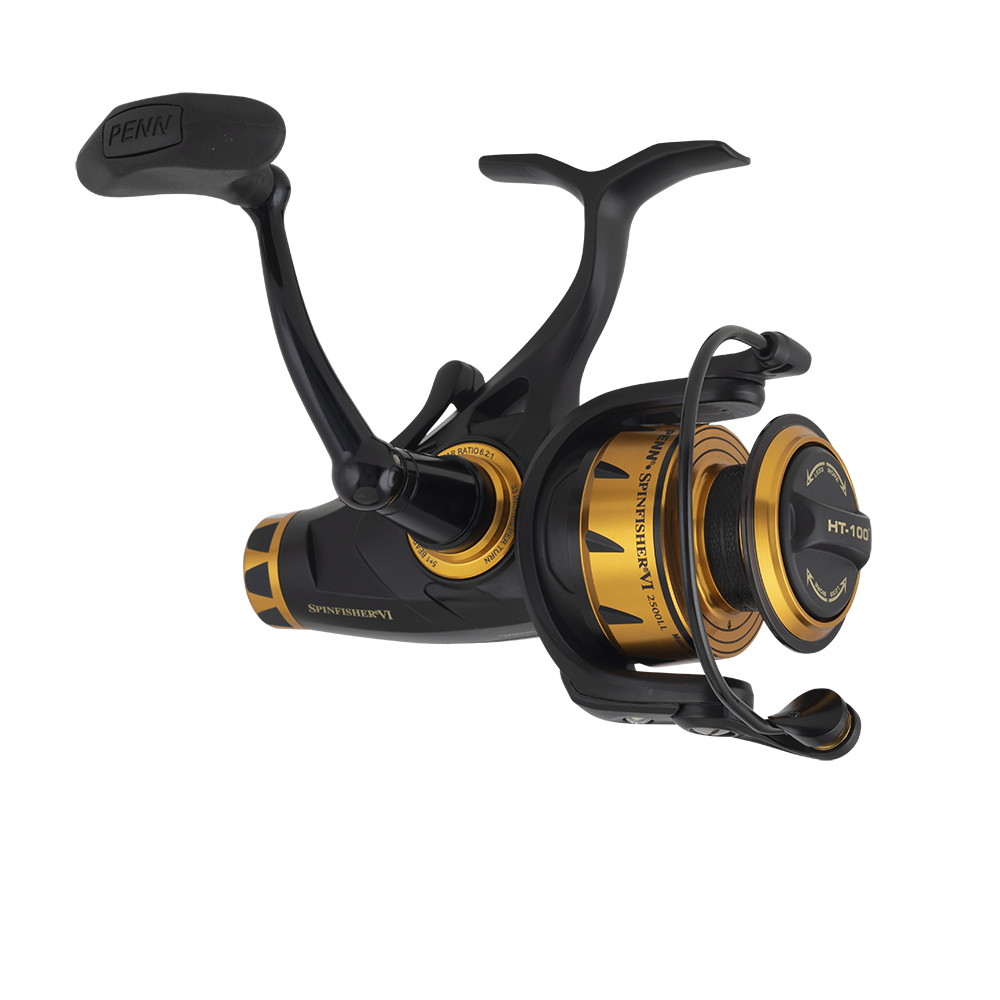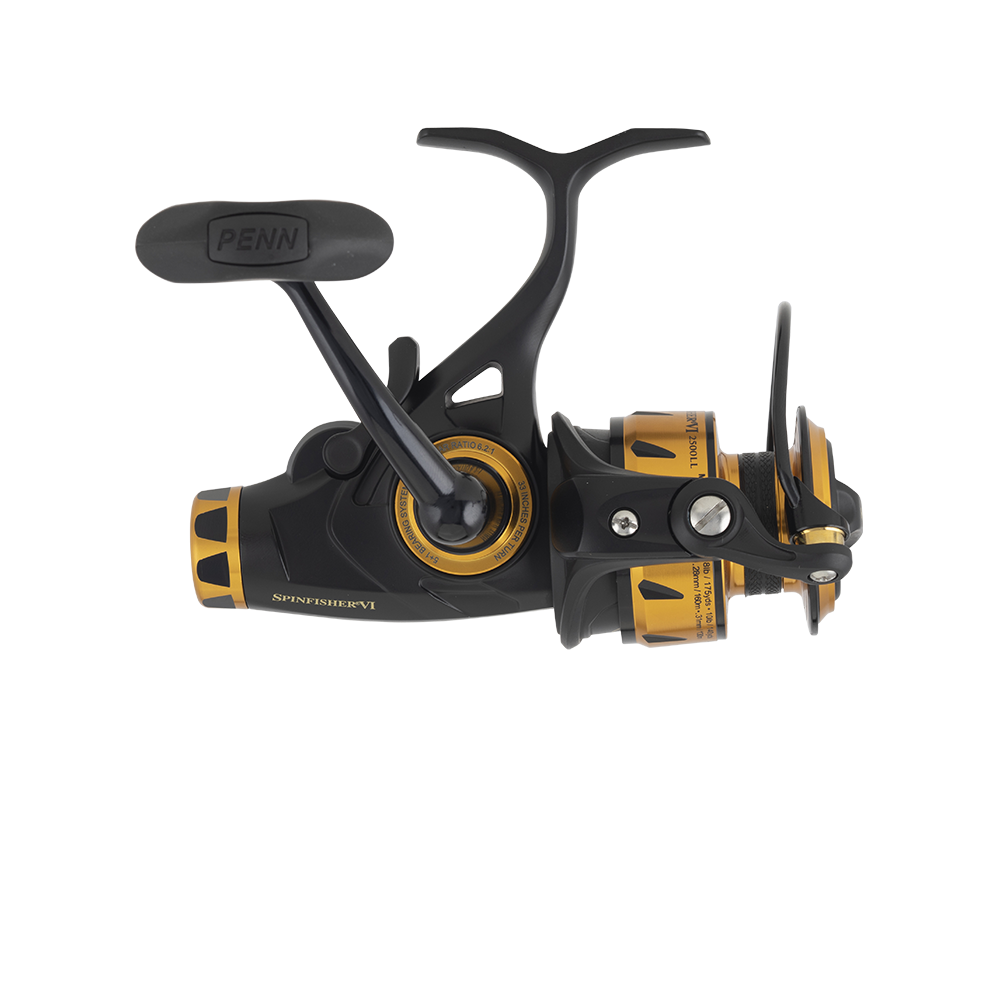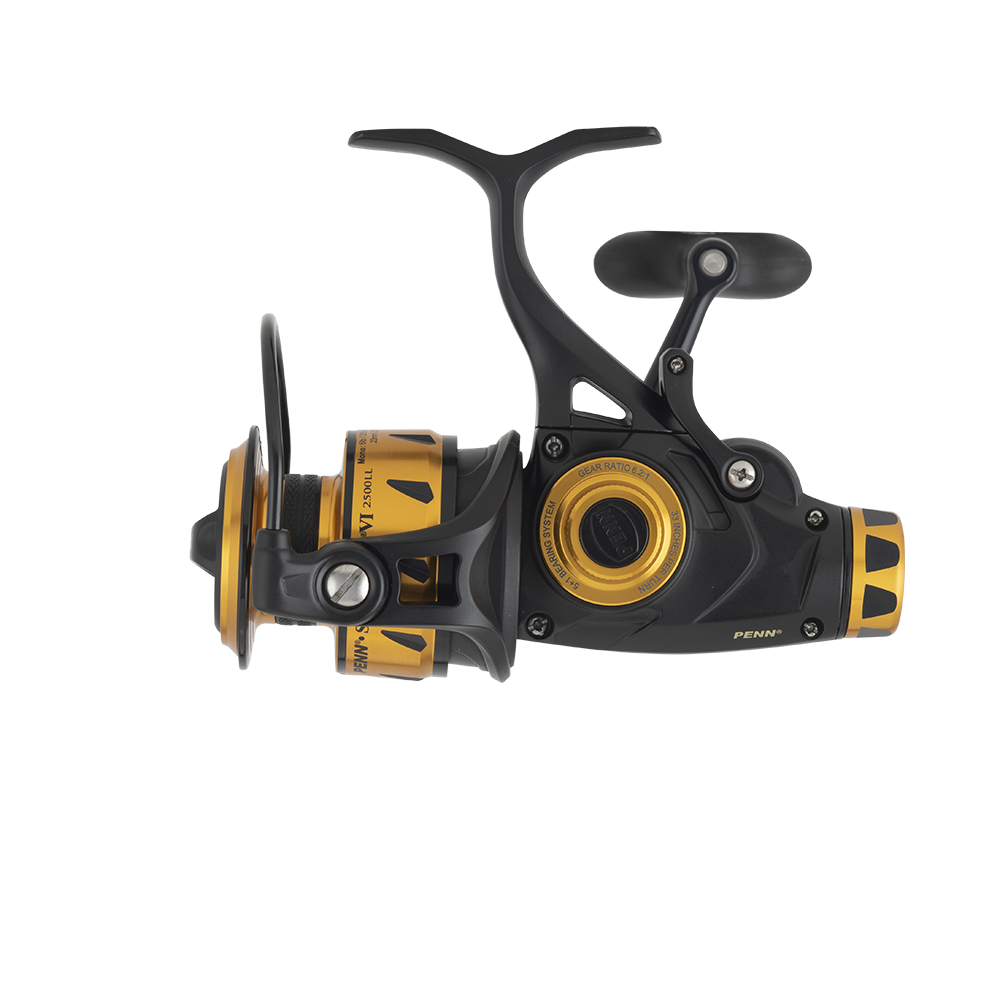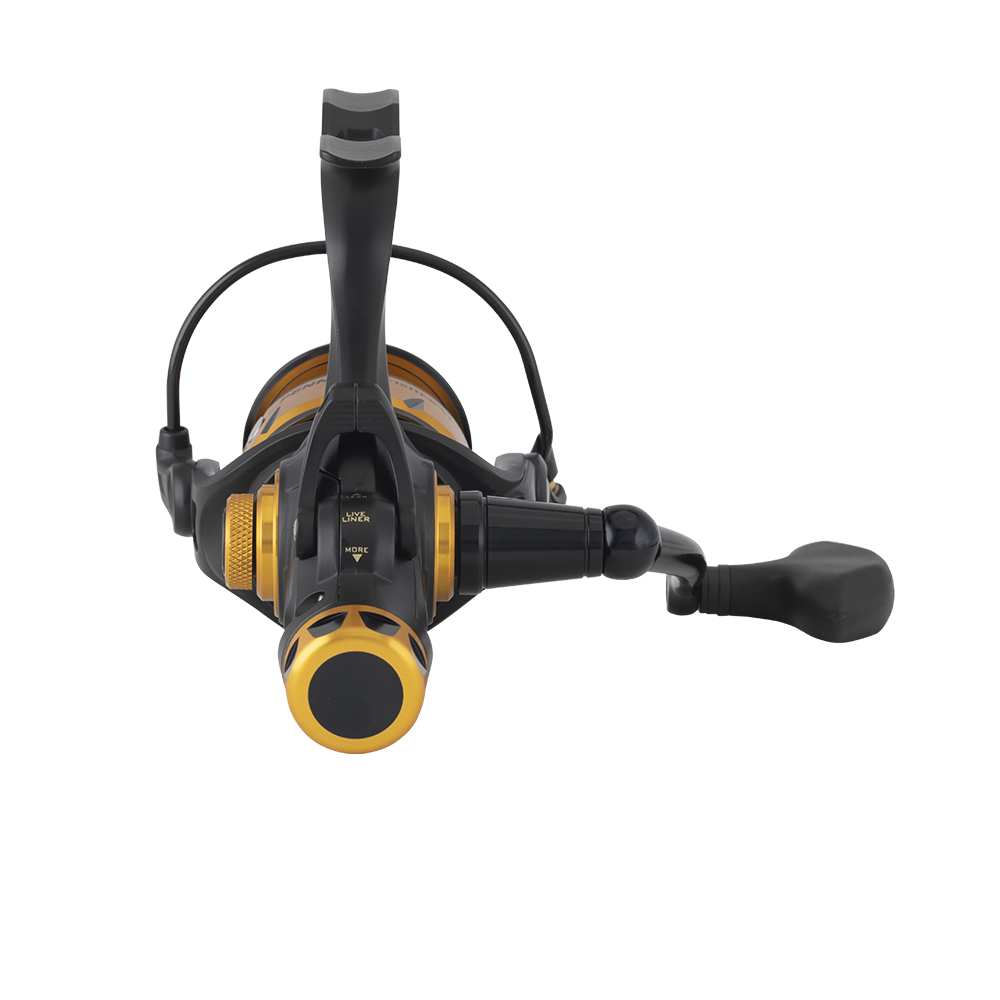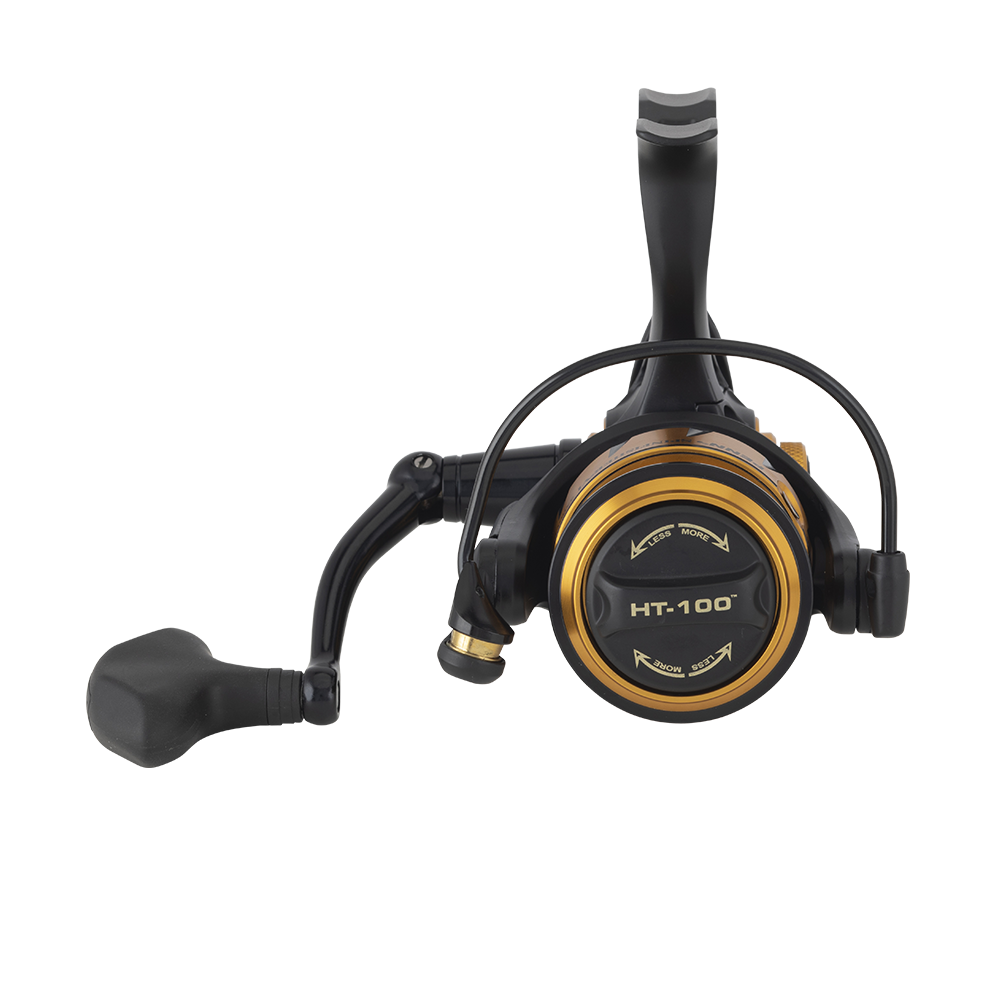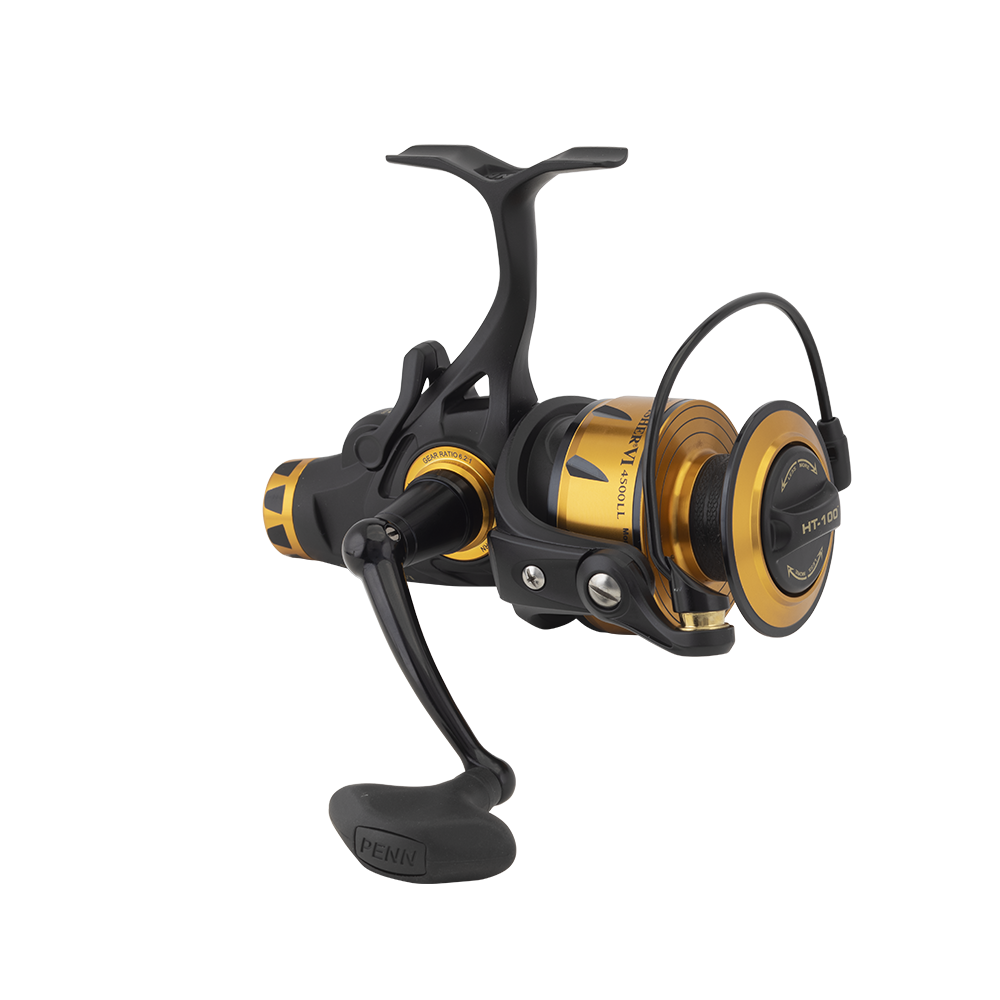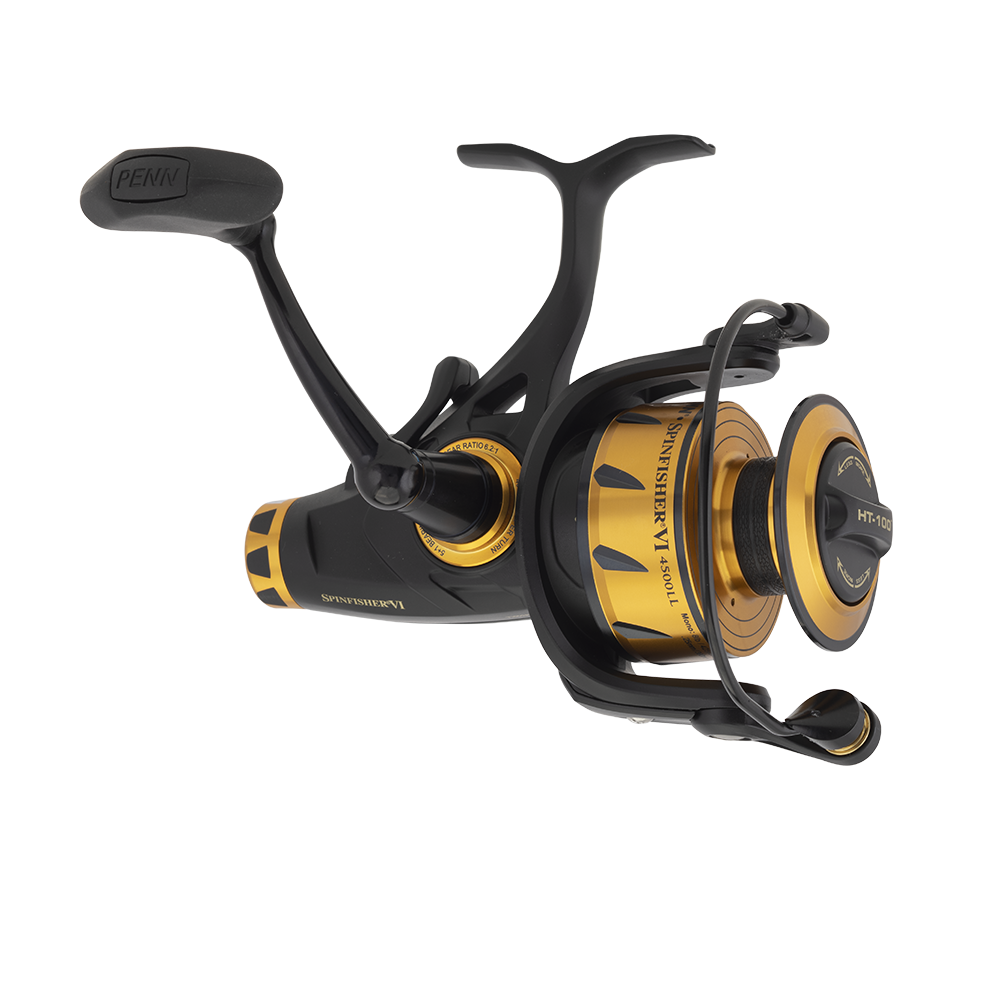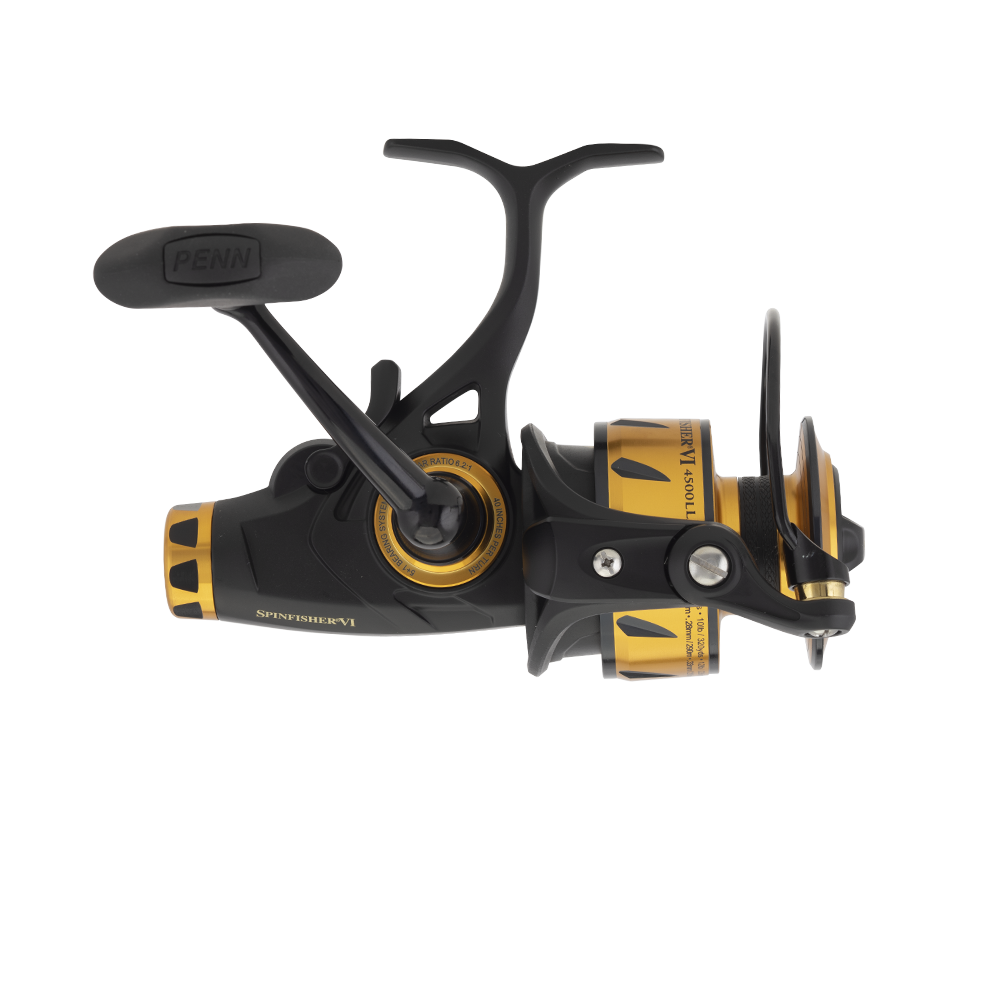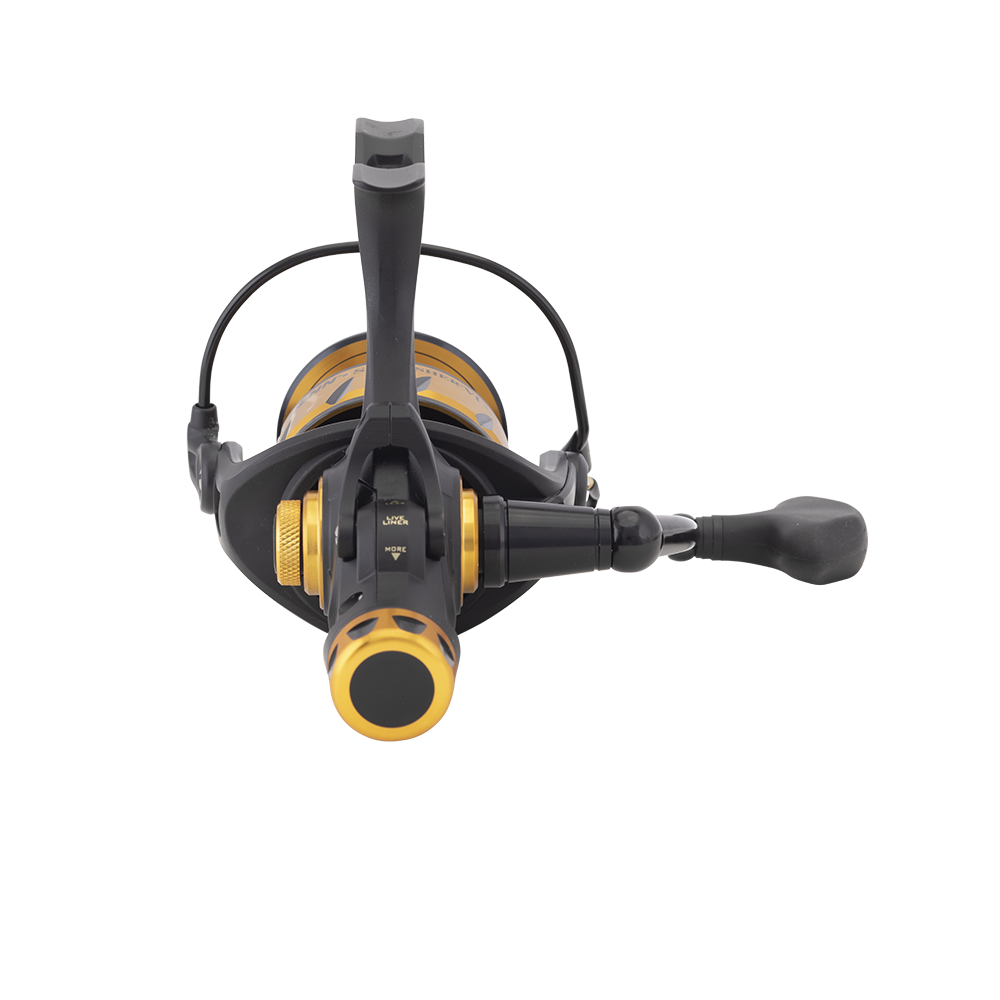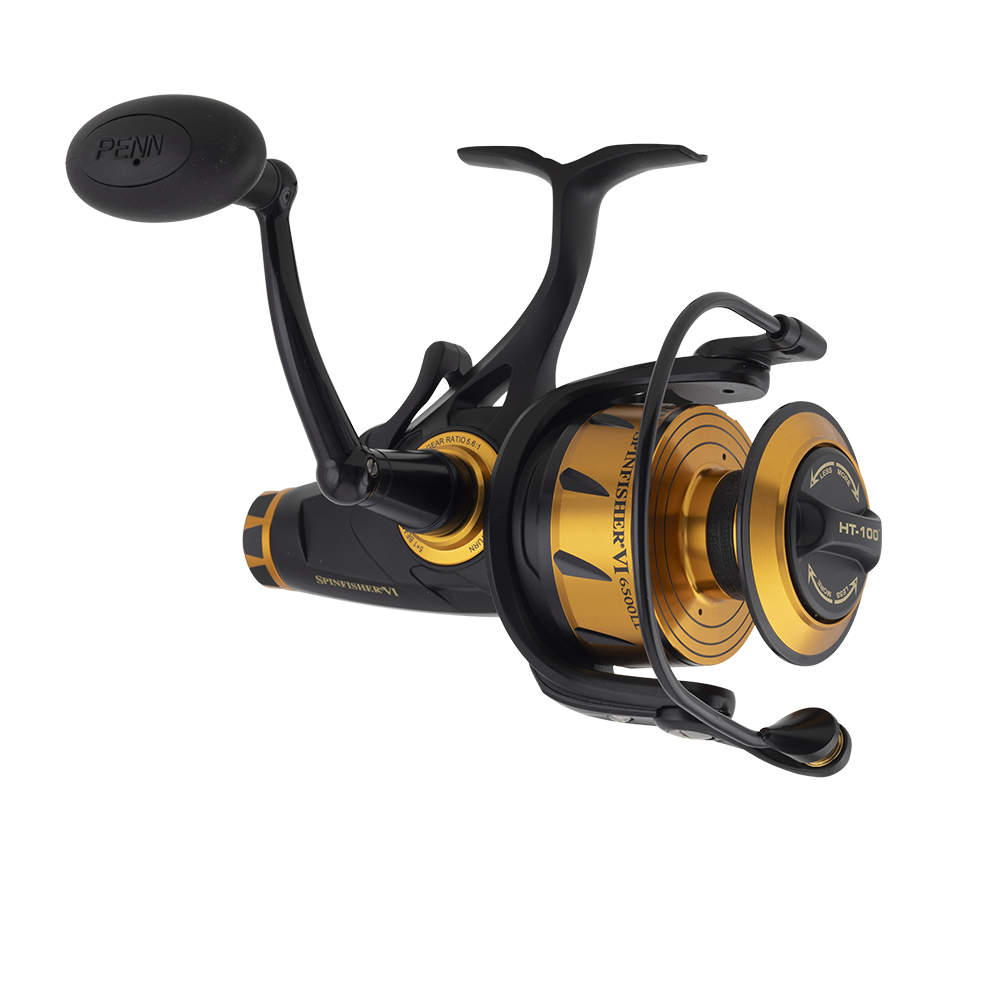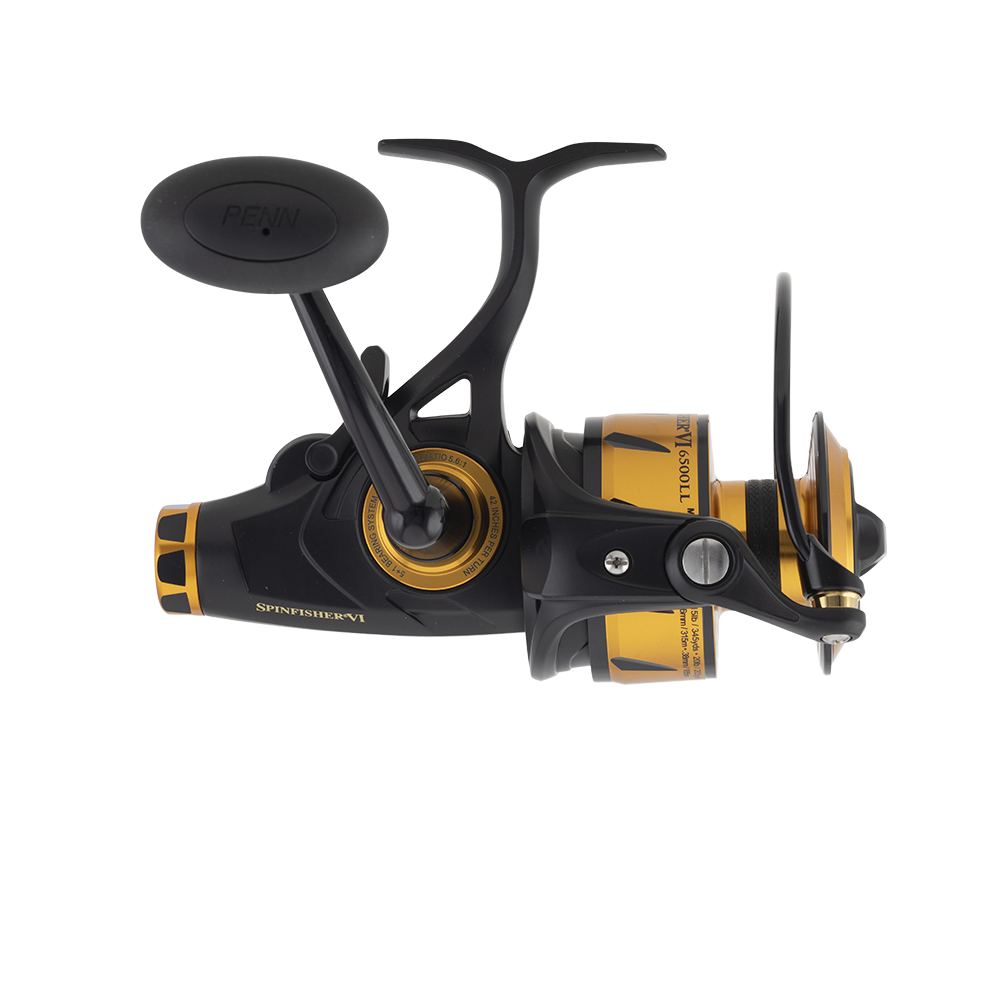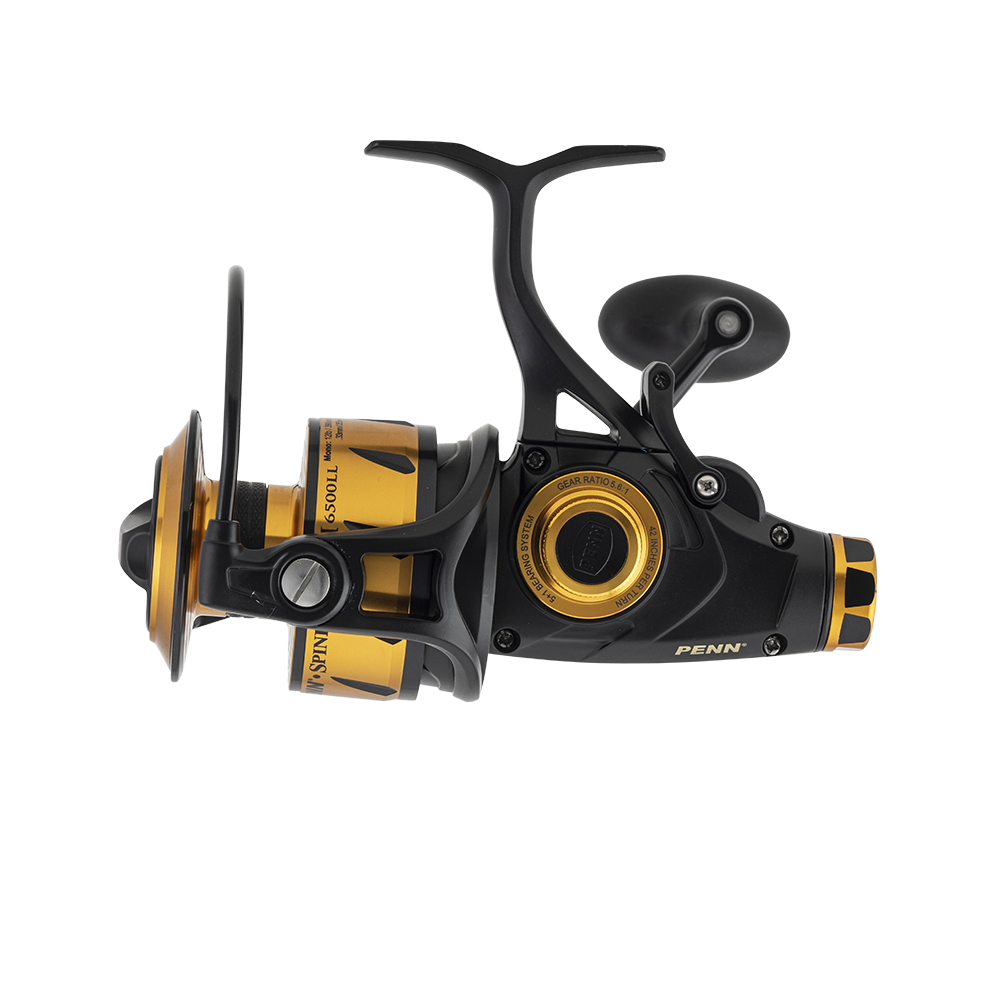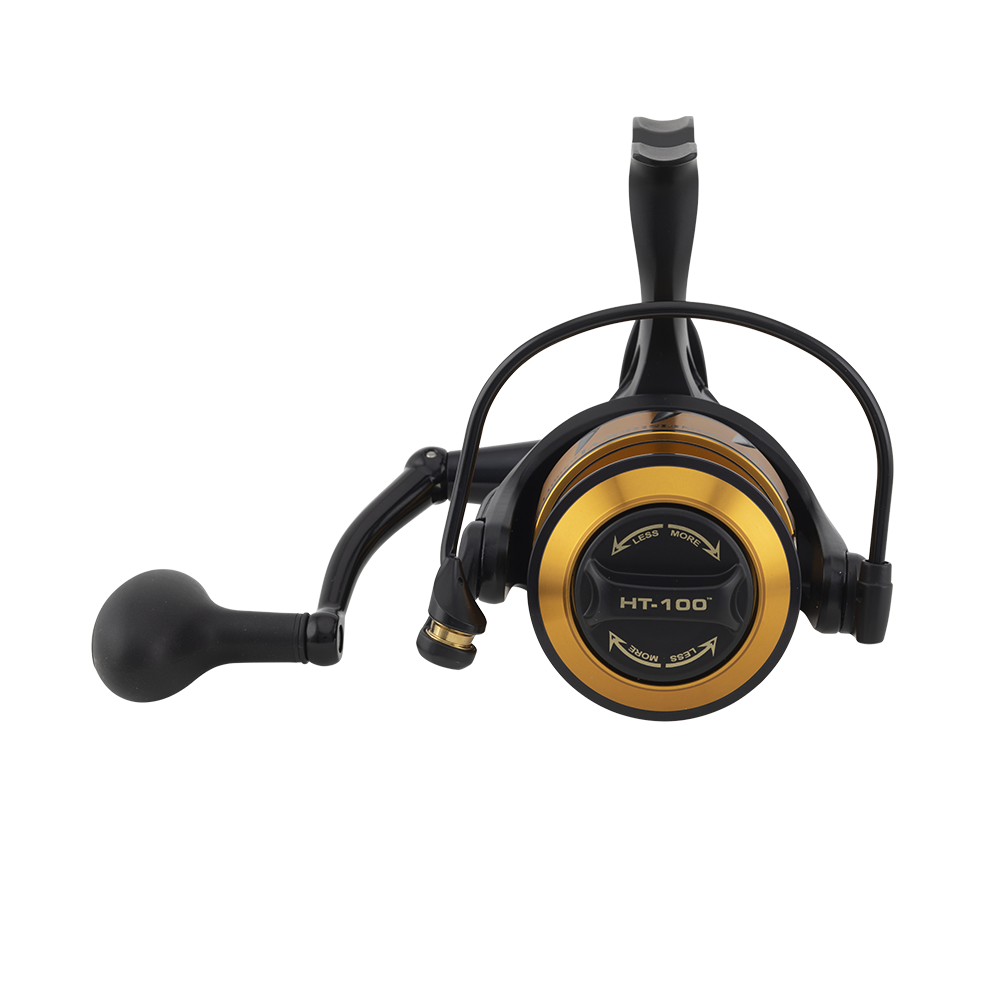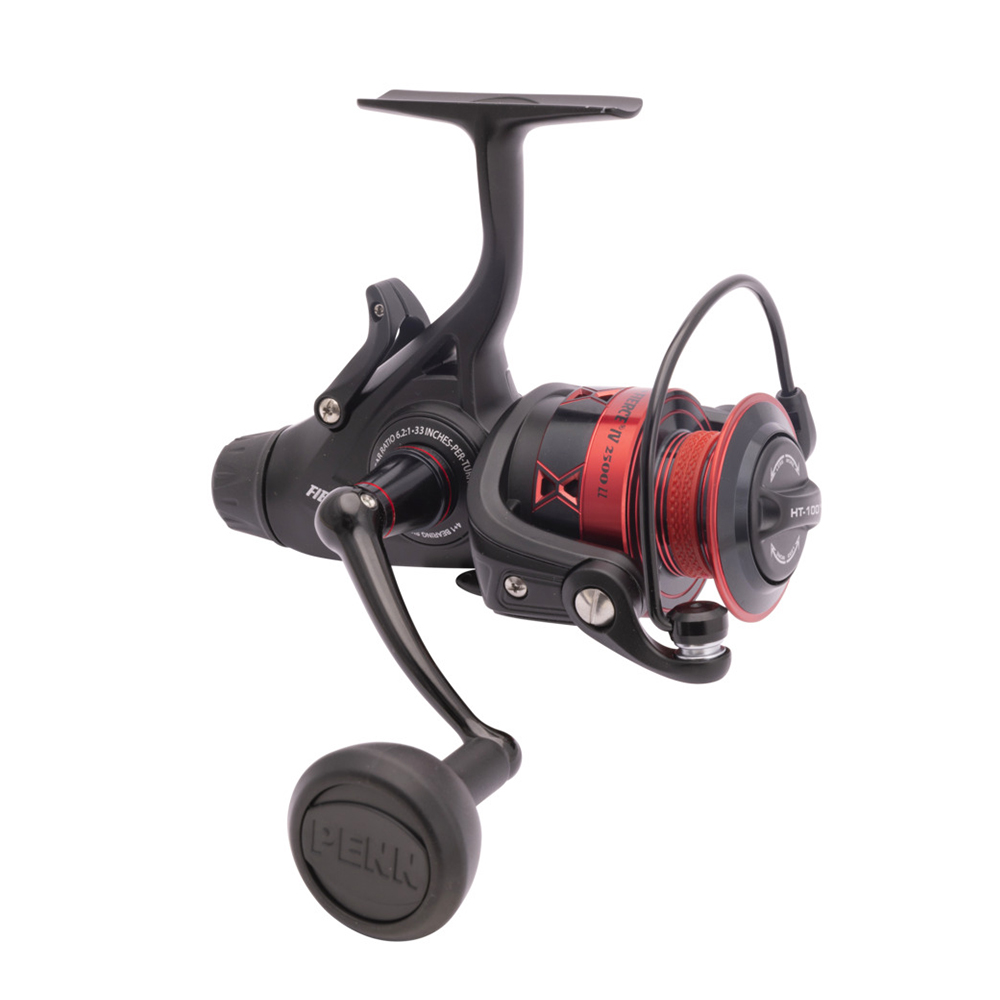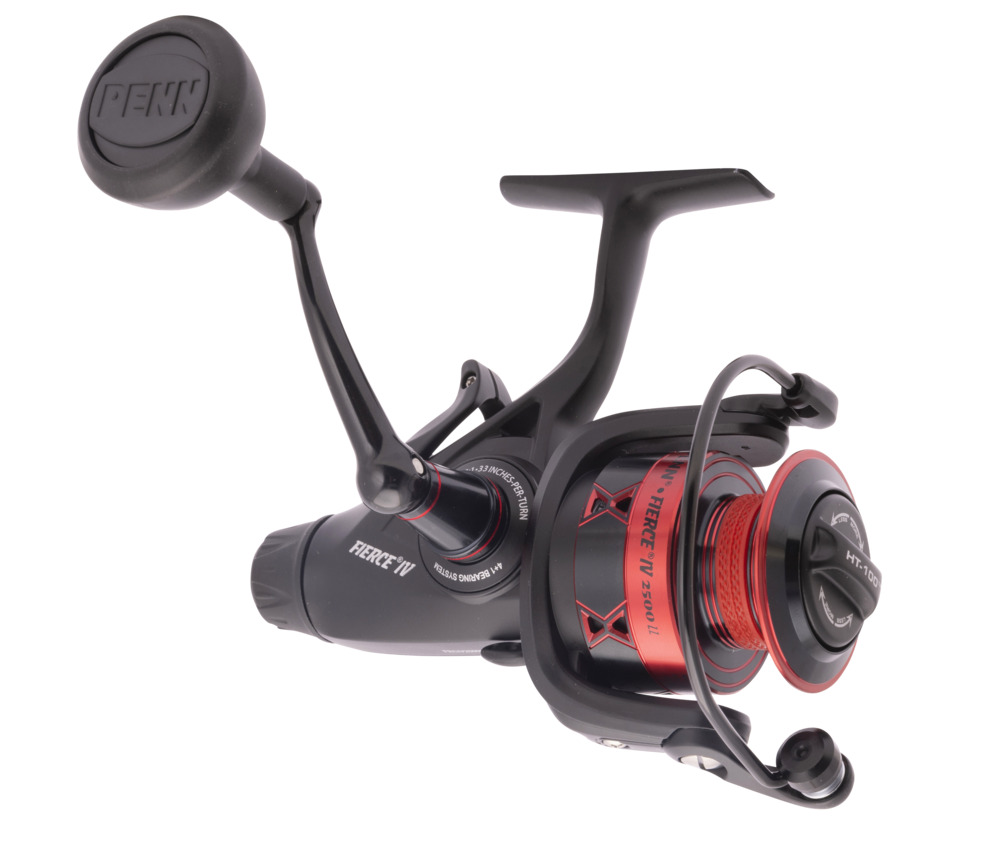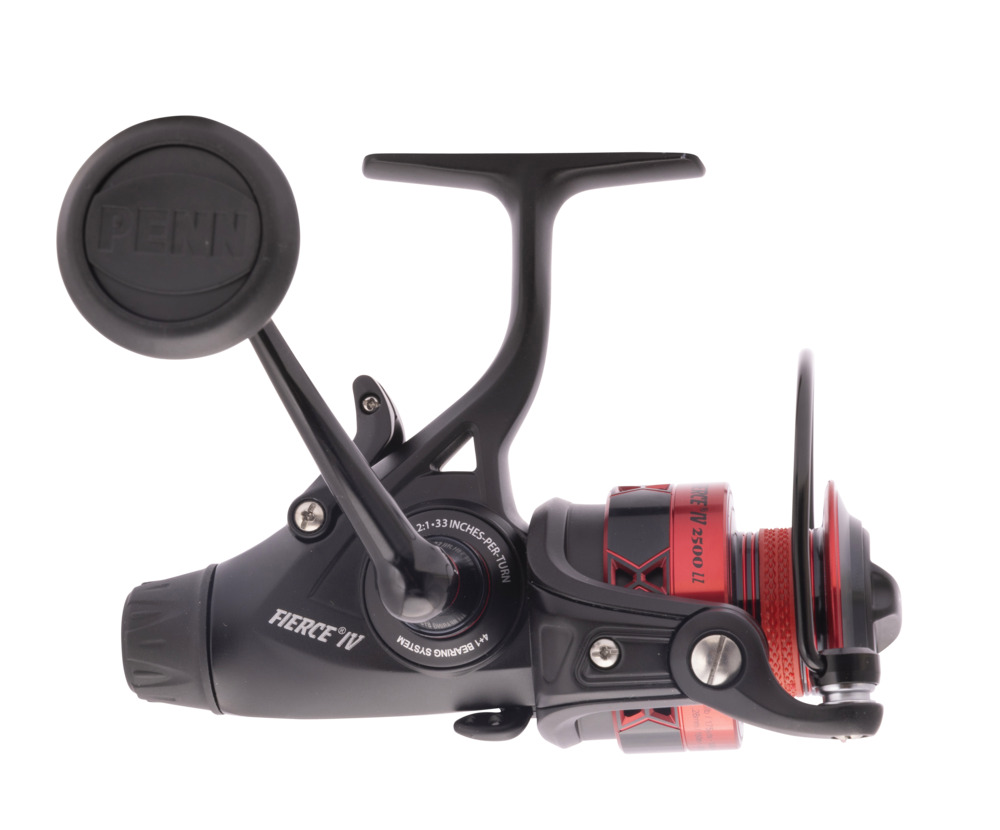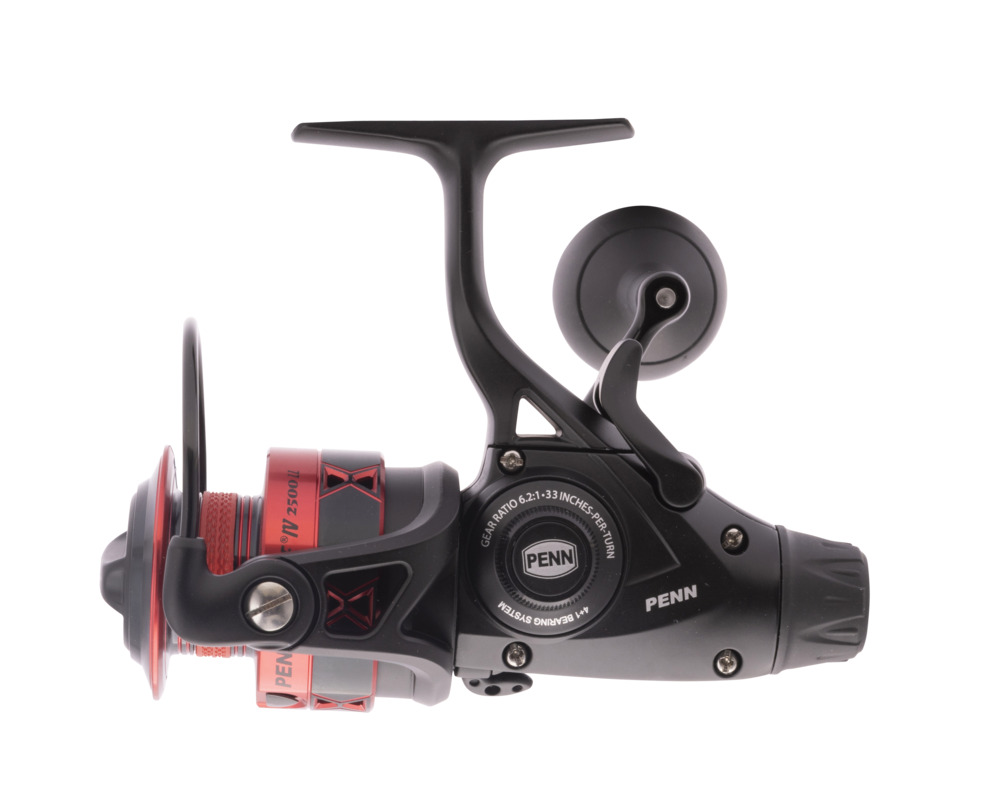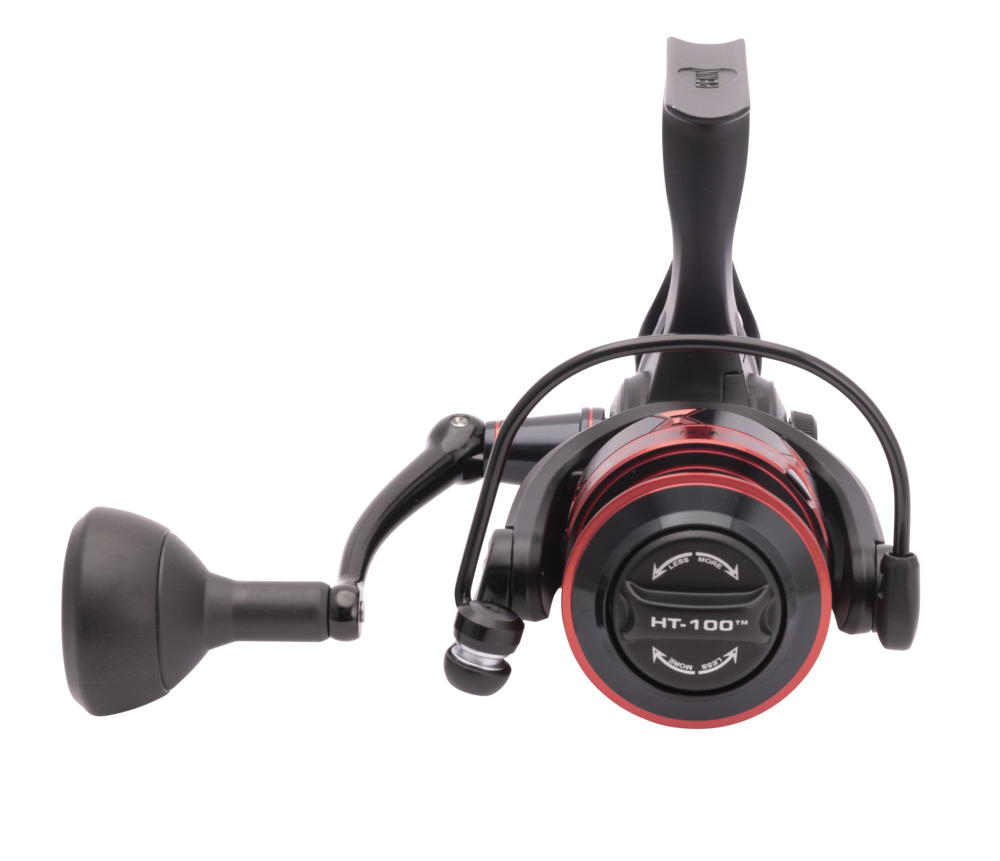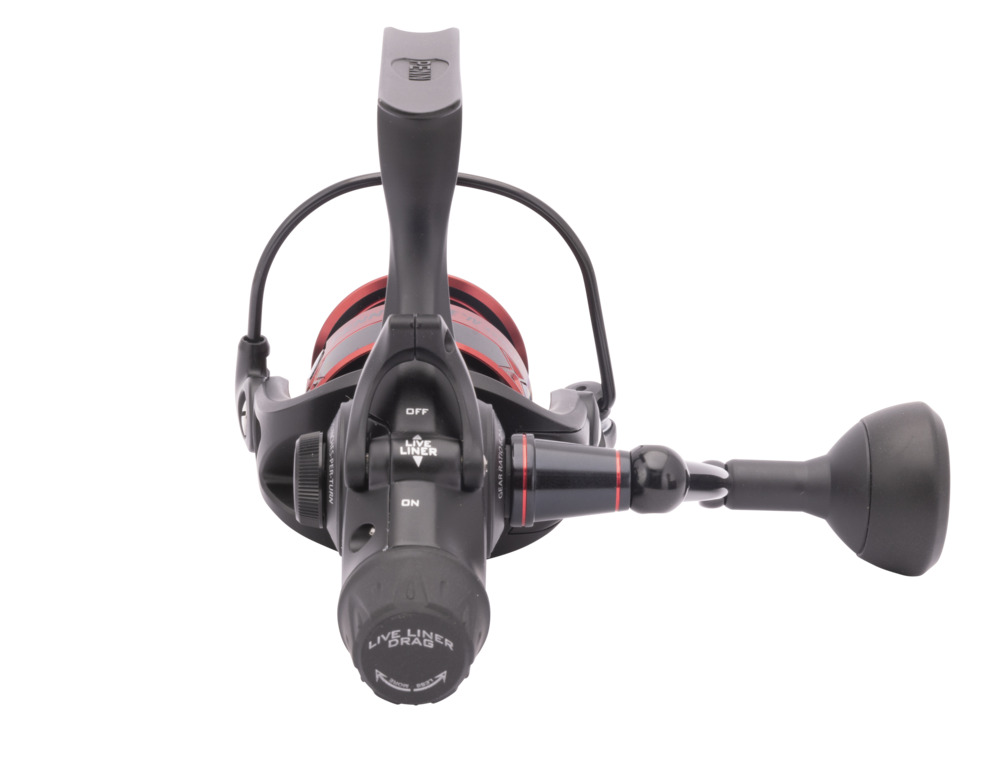The Recipe for Straylining Success
PENN Pro Team member Alistair Arkell explains the step by step recipe to catching big snapper whilst straylining.
Finding the right location
The east coast of NZ abounds with standout locations for stray line fishing. The four key ingredients are; structure, current, bait, and tide/current as well as wind going in the same direction. You’ll need all four of these aspects to come together for a trip to remember.
When it comes to structure, the more foul ground the better. I like areas where the reef is in 8-15 metres and then drops away to sand. In this situation, I’ll always anchor on the sand and fish back onto the reef. This is why it is critical to have the current/tide and wind all travelling in the same direction. This means when you anchor the back of your boat faces the reef and the current will disperse your burley over the reef structure. Anchoring on the sand also means when you cast out your baits they will be only loosely over the edge of the foul ground, meaning snags and bust offs are at a minimum. Don’t worry, the burley will do all the work and bring fish to you.
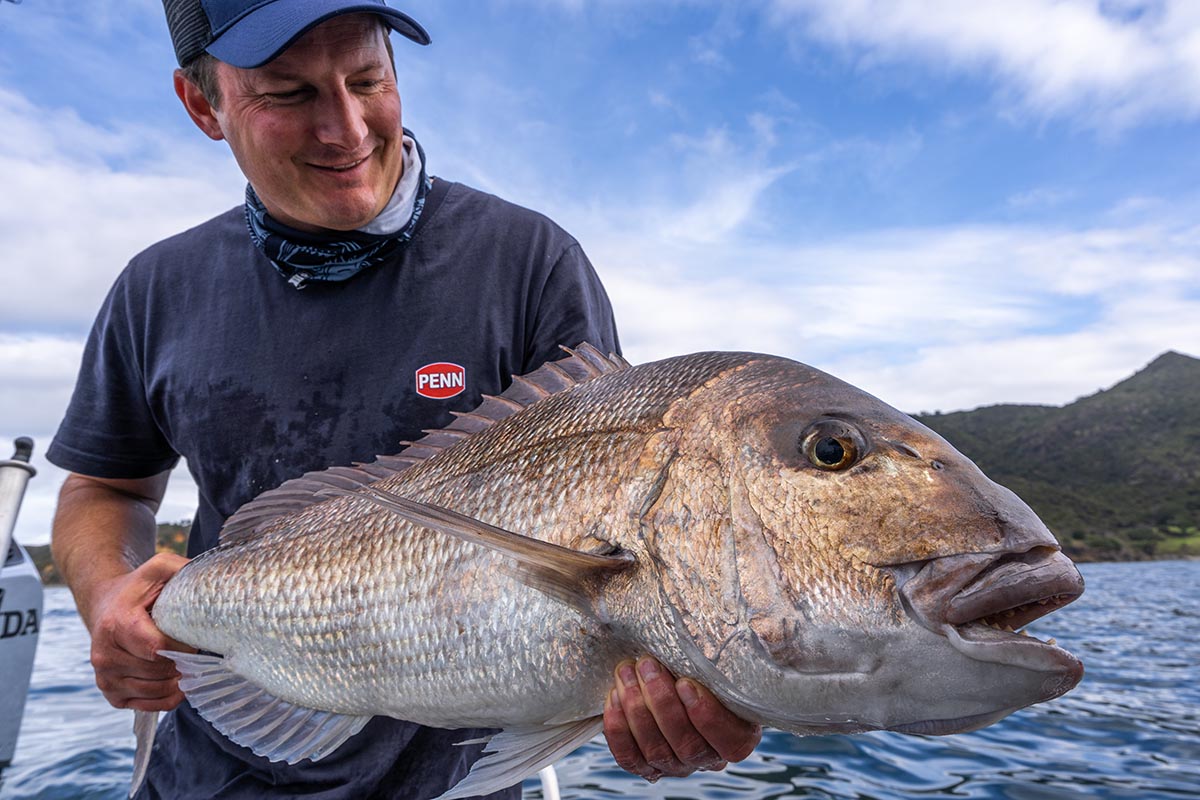
Current or tide run is essential – without this, you won’t catch anything – it is that simple. Doesn’t need to be lots, but you do need some tide movement. For this style of fishing and in this depth, I’m not worried about marking snapper – just baitfish. If the reef appears void of signs on the sounder, I normally move onto another area that has more promising signs. Again, don’t worry about marking snapper, just baitfish. As if there is structure, current, and baitfish – you can almost guarantee there will be snapper present in the area. In addition to this if you can time your fishing trip to just before a big swell hitting the coast or just, this seems to stir things up nicely and make for some hot fishing.
Bait and burley selection
They say fresh is best and it never hurts, but fresh frozen from your local store is just as good and if I’m really honest I think it’s better as it makes the bait a little bit softer to ooze out oil & scent. I do stress the fresh/frozen part, as there is nothing worse than old mushy bait. All of the popular baits work well and my favourite is jack mackerel and mullet. The good thing about baits like jacks and mullet is they re-freeze well without going too mushy. Burley is pretty easy and pilchard burley makes for a nice oily/meaty option. A burley cage is a key piece of equipment and depending on the depth I usually lower it down 5 metres below the boat and let the current disperse the burley over the reef. If the current is light or you are a bit shallower, setting the burley off the back of the boat is the go. Just be aware small snapper are ravenous and can clean out soft burley inside a cage in about 15 minutes! A good problem to have, but it does mean you go through it pretty quick.
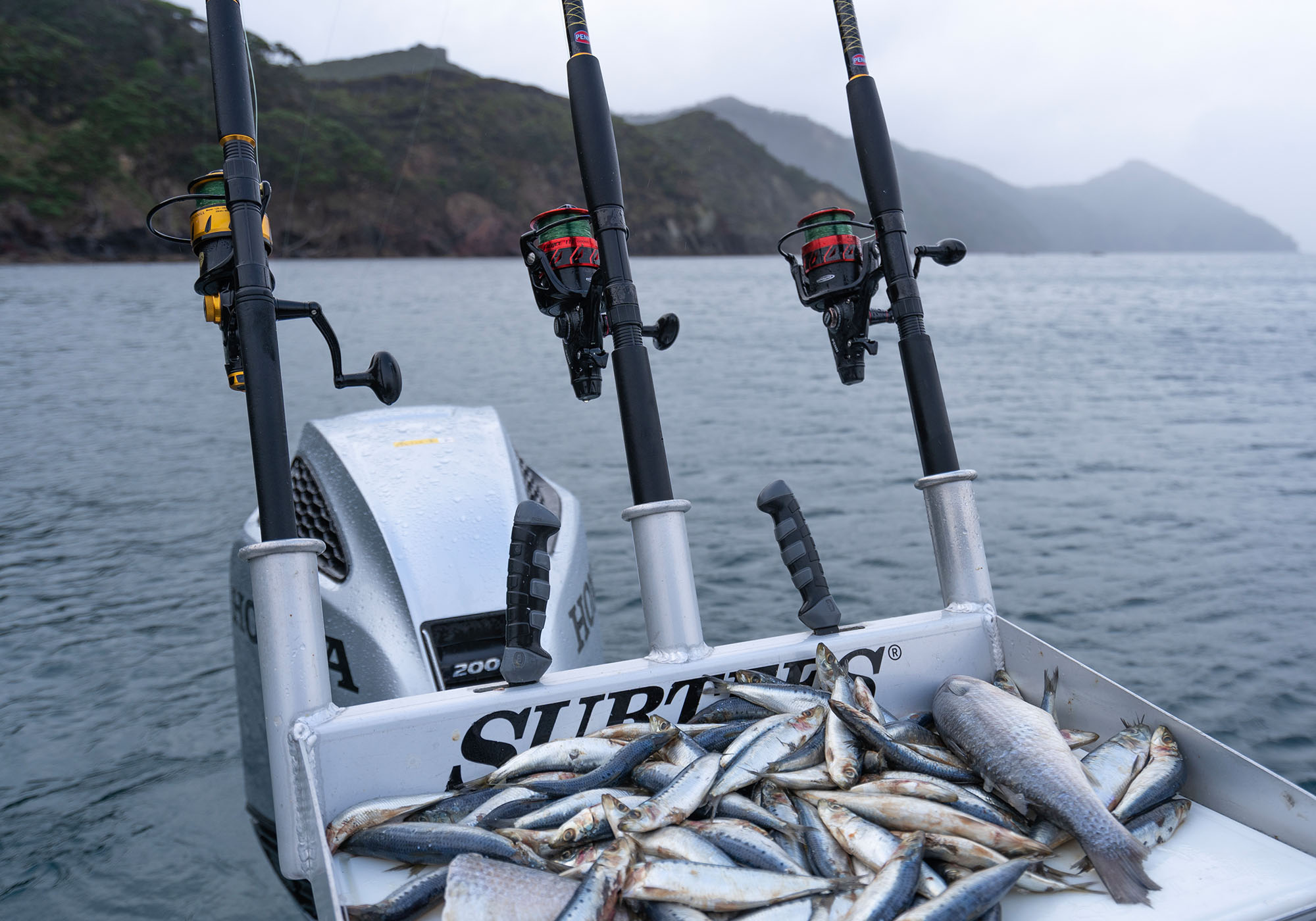
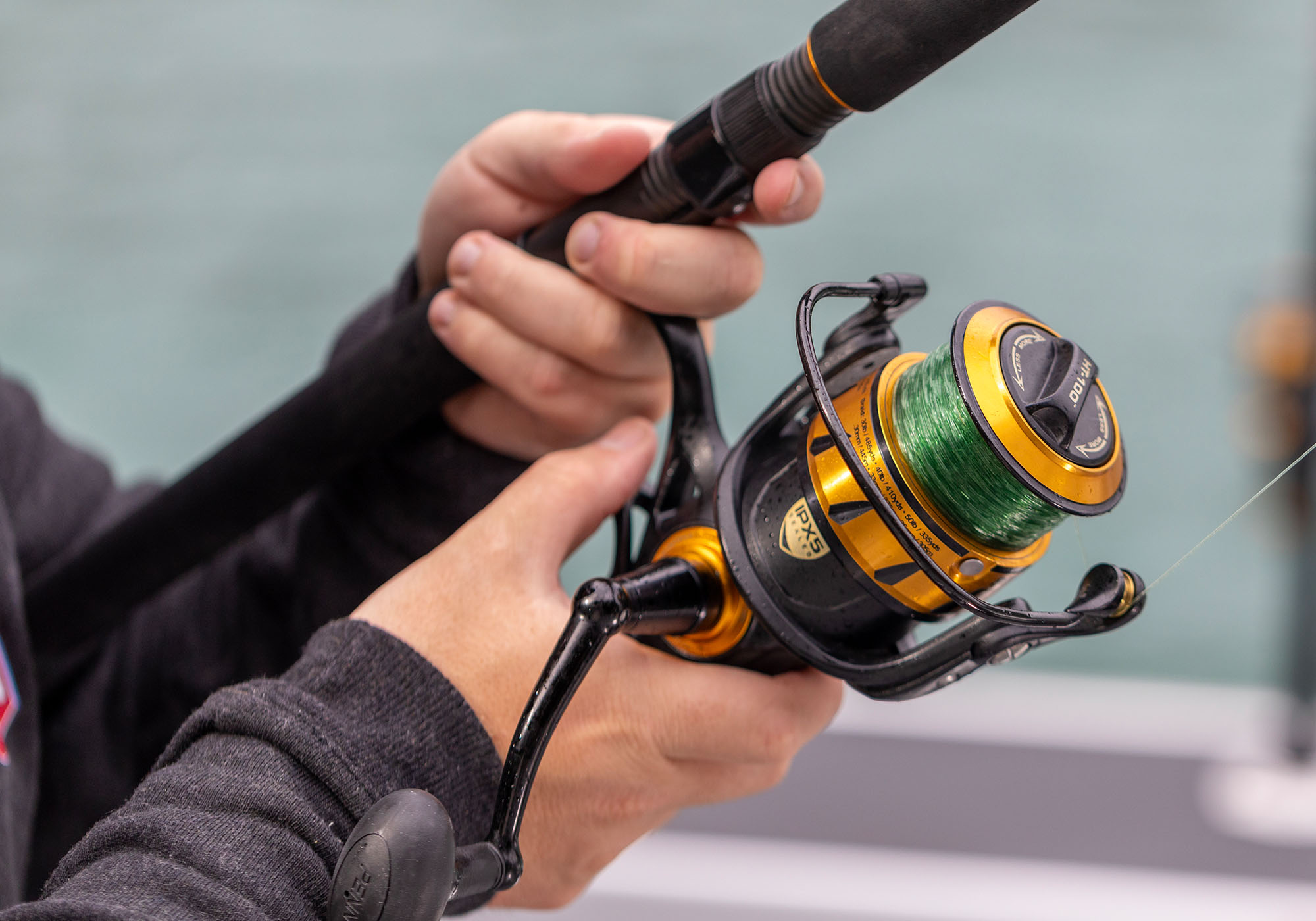
Setting up your Live Liner
The best line weights for stray line fishing is 6, 8 and 10kg mono. We normally set up a 4500 Live Liner with 6kg and a 6500 with 10kg as a heavy set. Because of the water ingress prevention system on the Live Liner, you will need to set the secondary (live liner) drag at home. This is easy and you are provided with a tool to do this. It’s a set and forget system. When setting the Live Liner (secondary) drag, you need to imagine how hard a big snapper might hit your bait. With this picture in mind, you want to set your secondary drag so that you can pull the line off the spool aggressively and not get an over-run. But not so hard that a fish feels resistance when picking the bait up. It is a little bit of a fine line, but dont stress about it. I’ve always gone with a ‘that feels about right,’ approach.
Match your hook size to line weight
This is something that most people don’t consider. When using 6kg line you don’t have truckloads of power to set the hook, so you need to adjust your hook size to suit, anything up to #7 should be fine. But anything bigger and you’ll want to up your line size, to give you more hook setting power.
There are a few key aspects to successful stray line fishing for snapper and the Penn Live Liner is becoming the benchmark standard for this style of fishing. Is there is one single piece of information above all else I can offer? Tide and wind must be in the same direction for straylining success.
